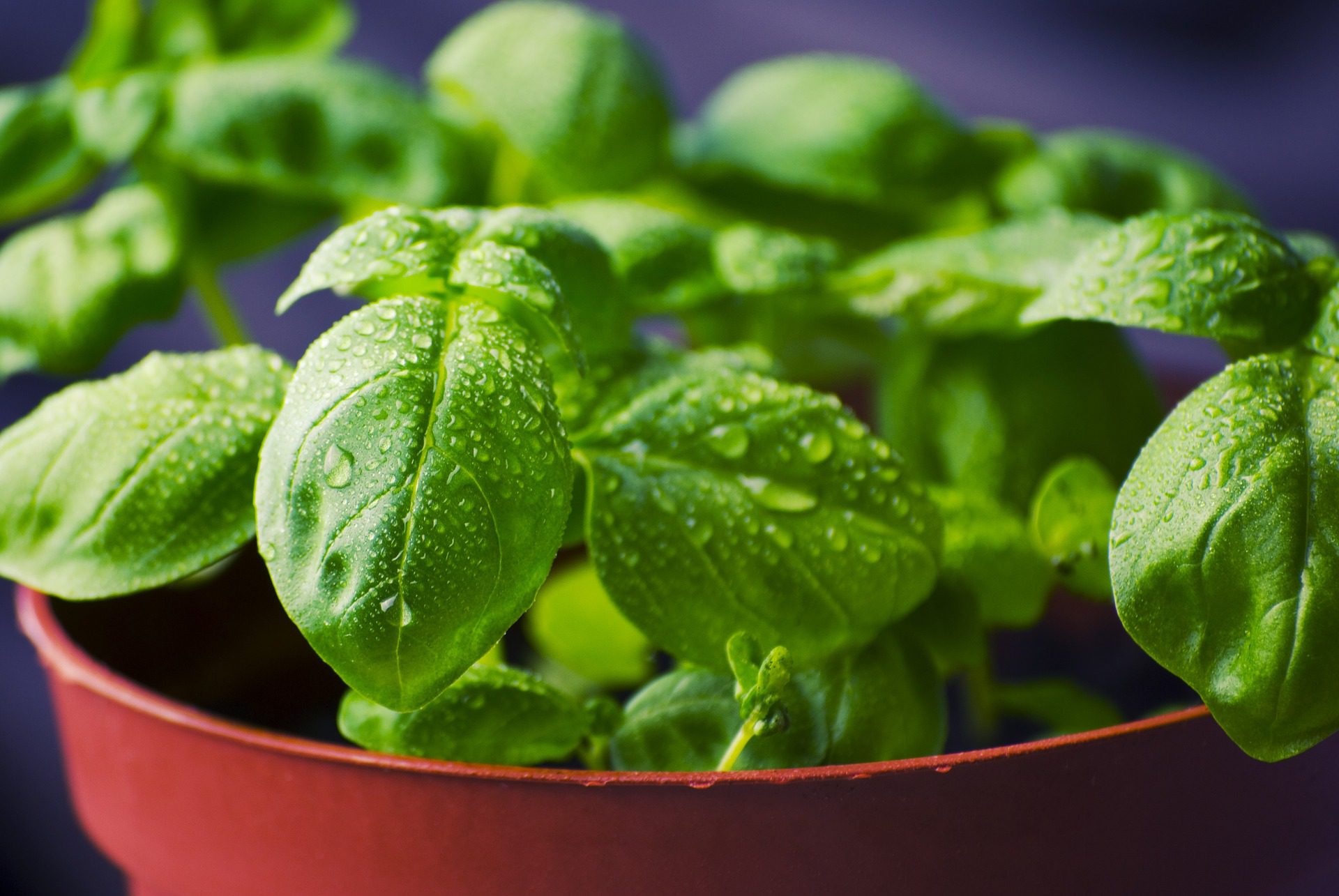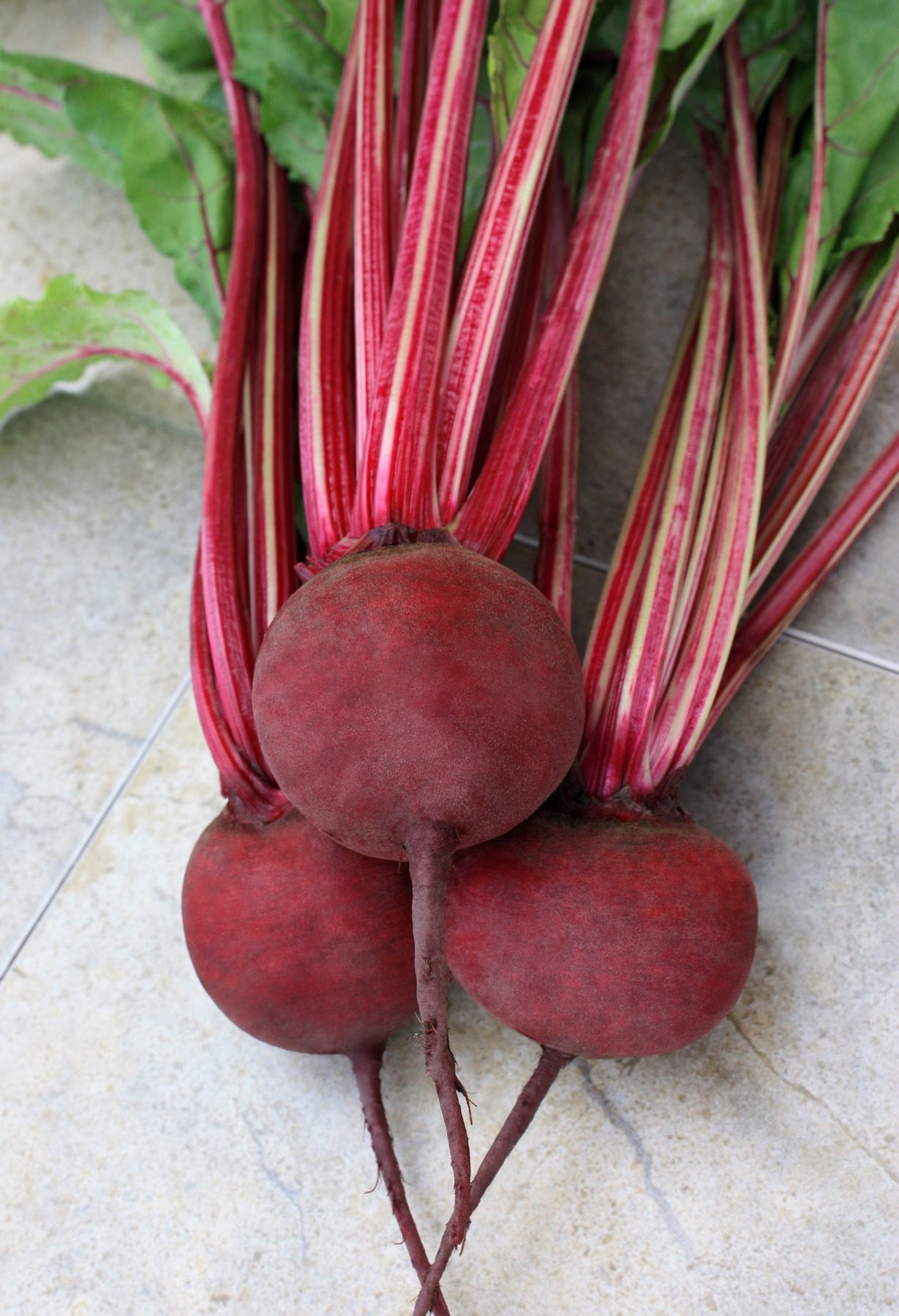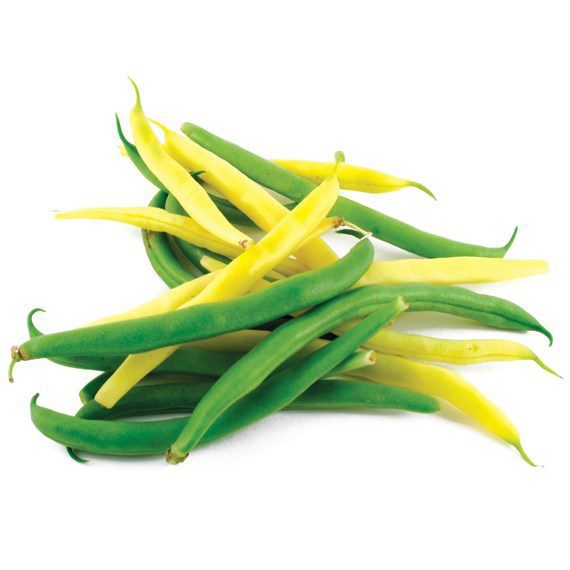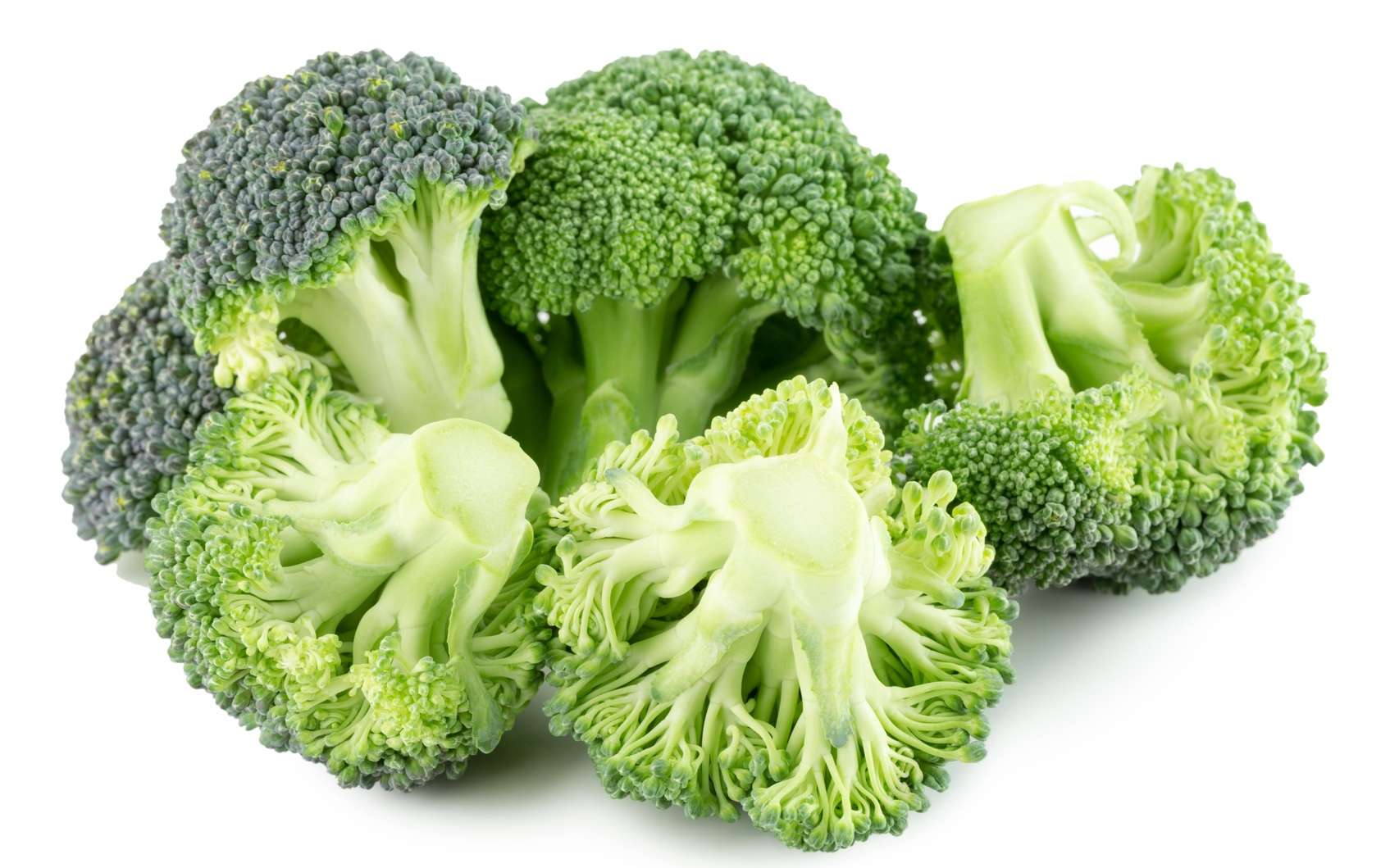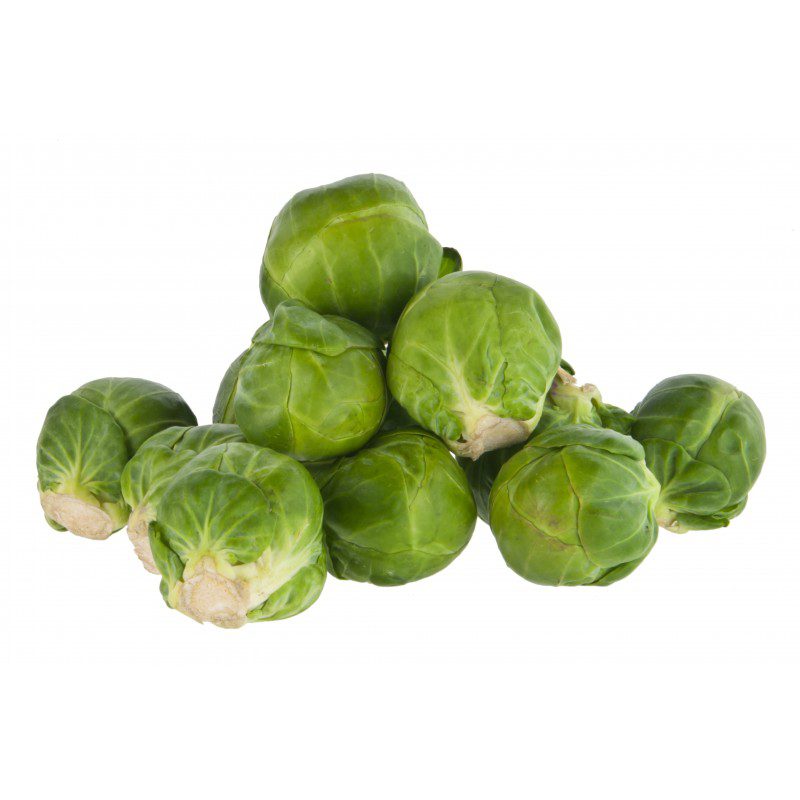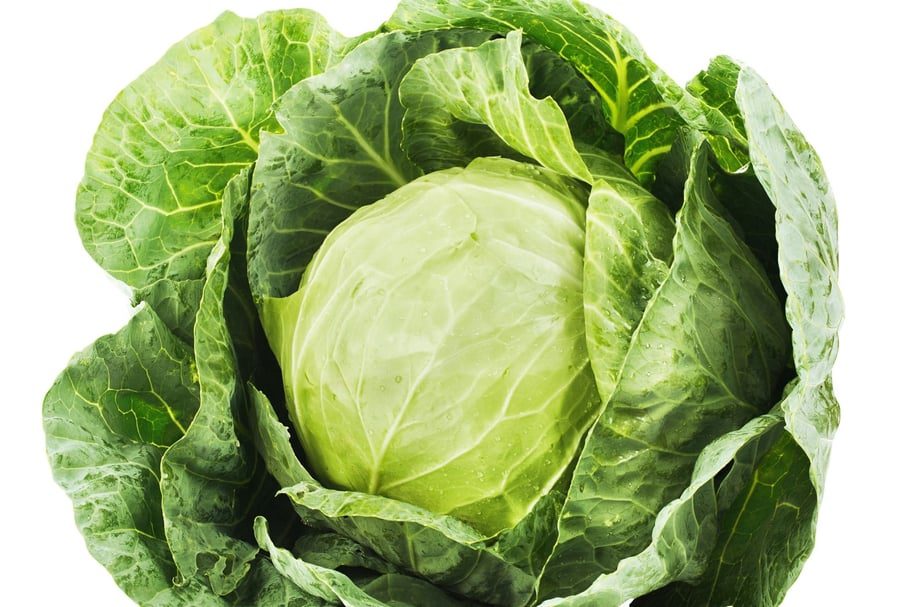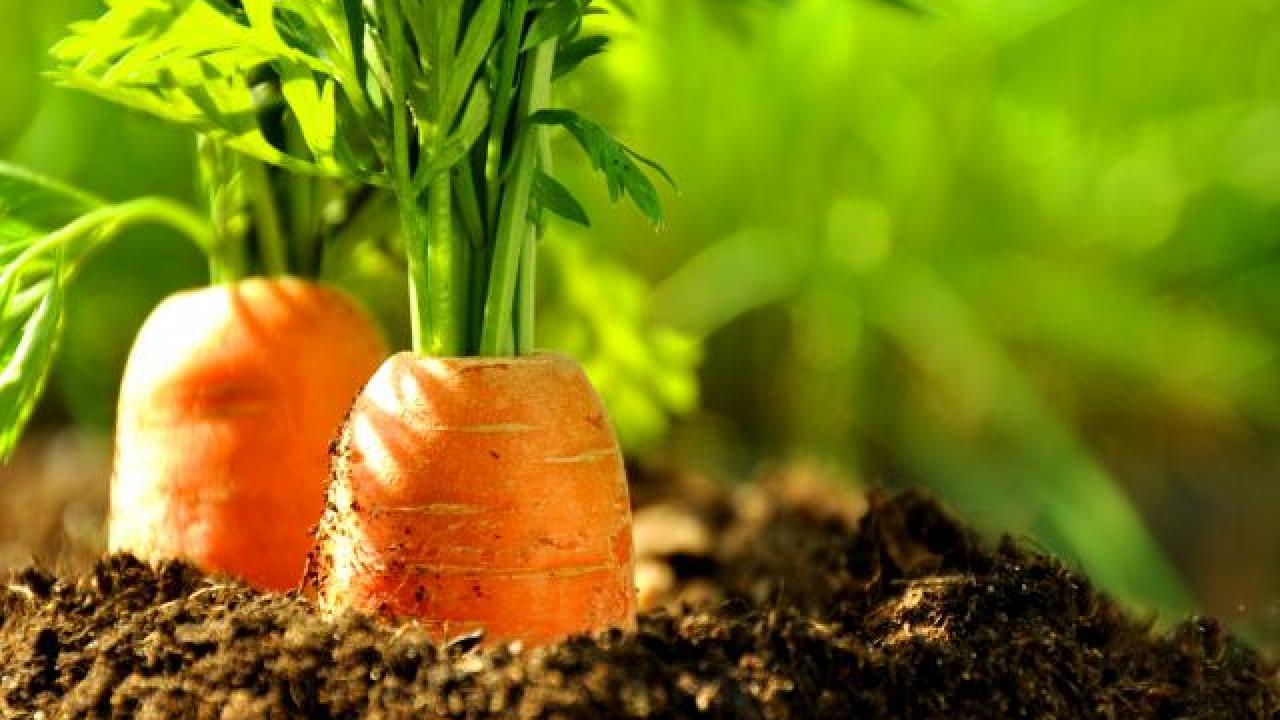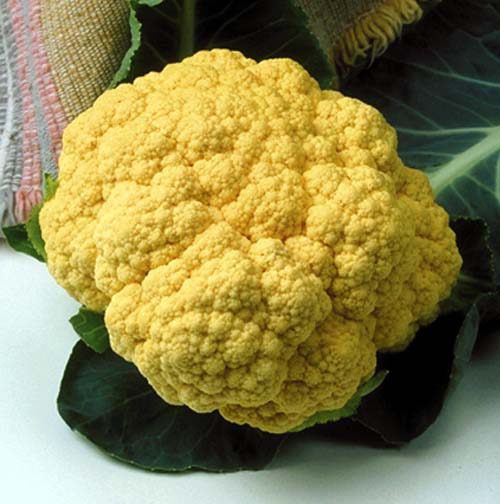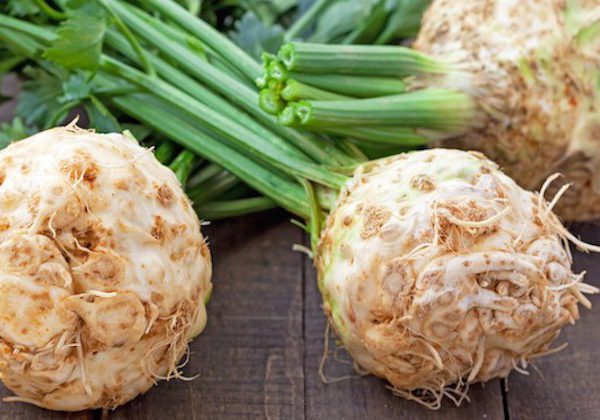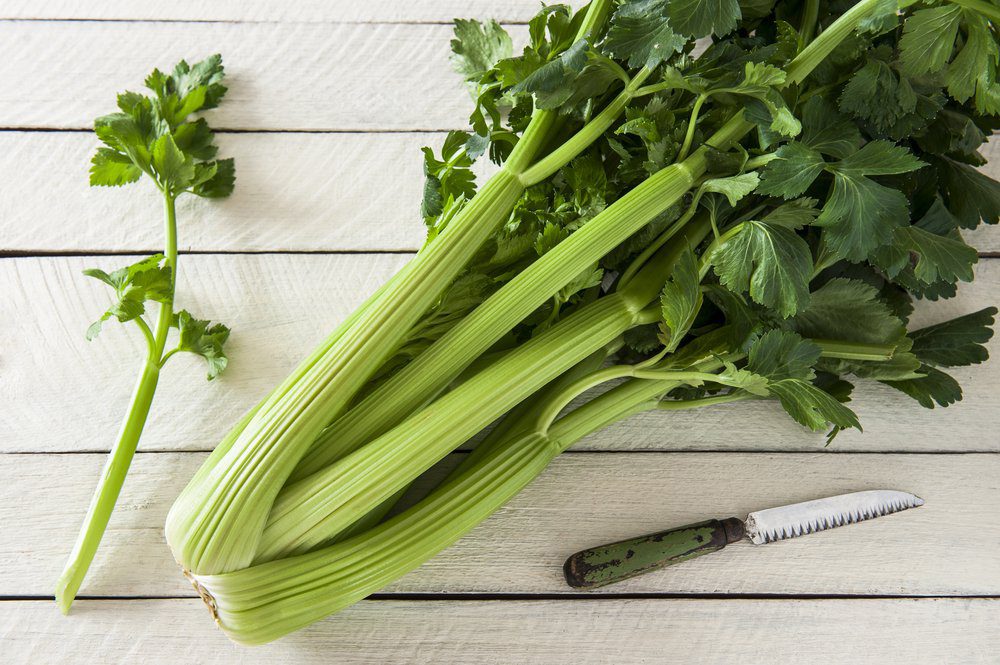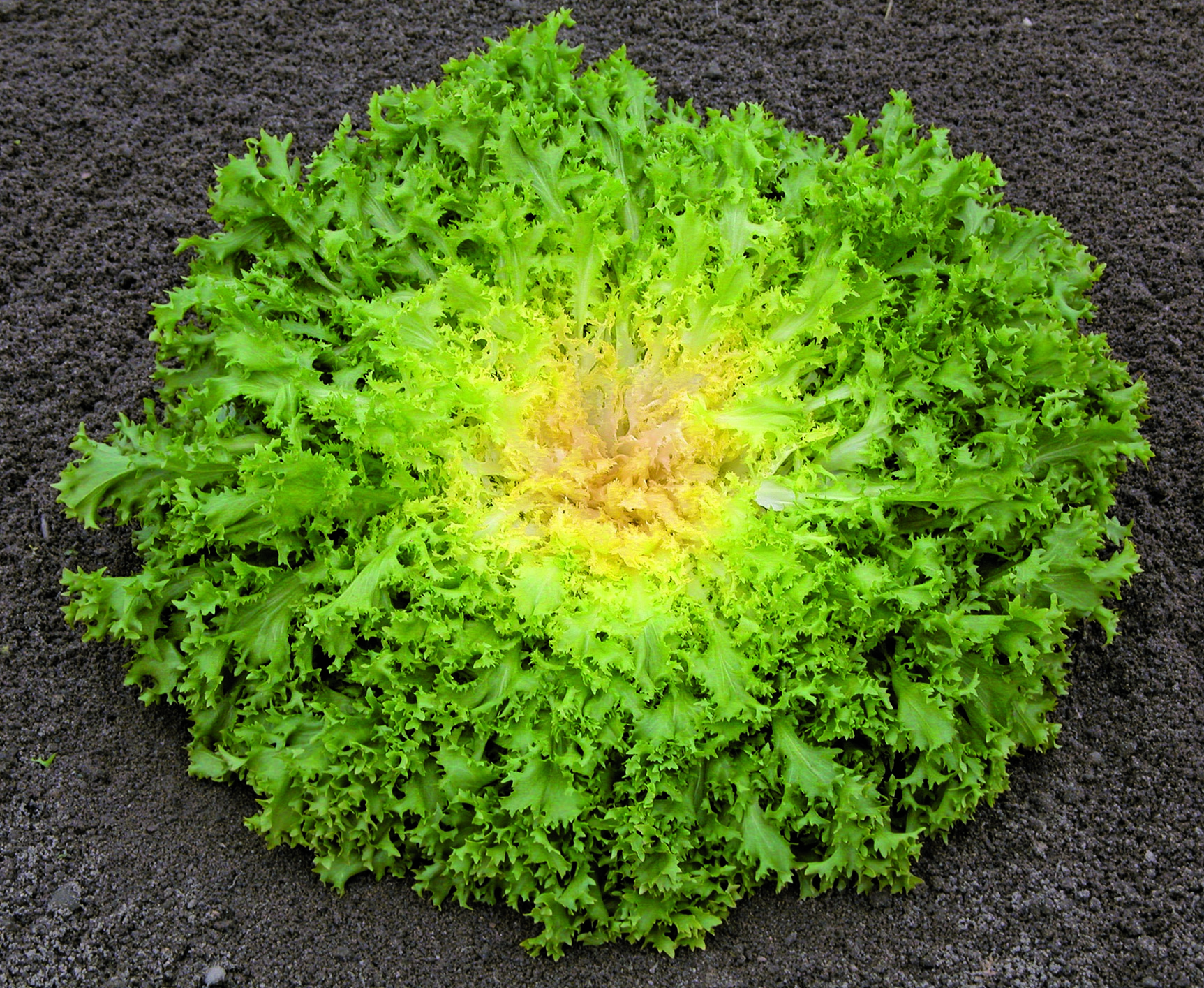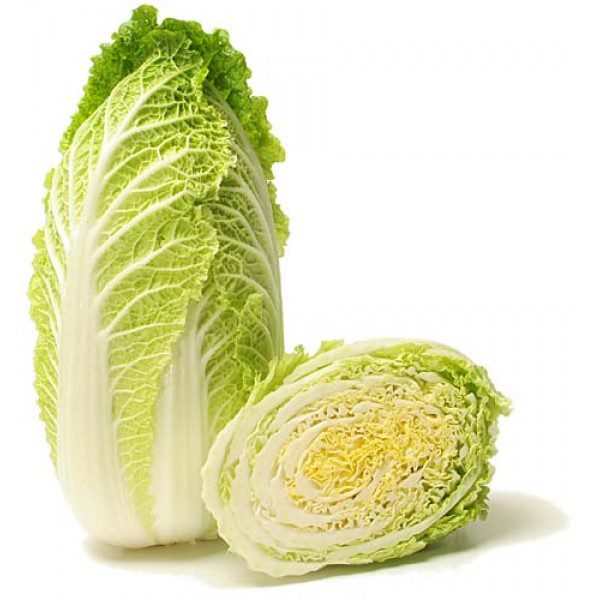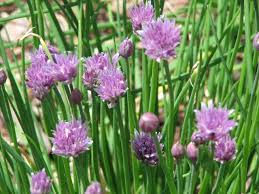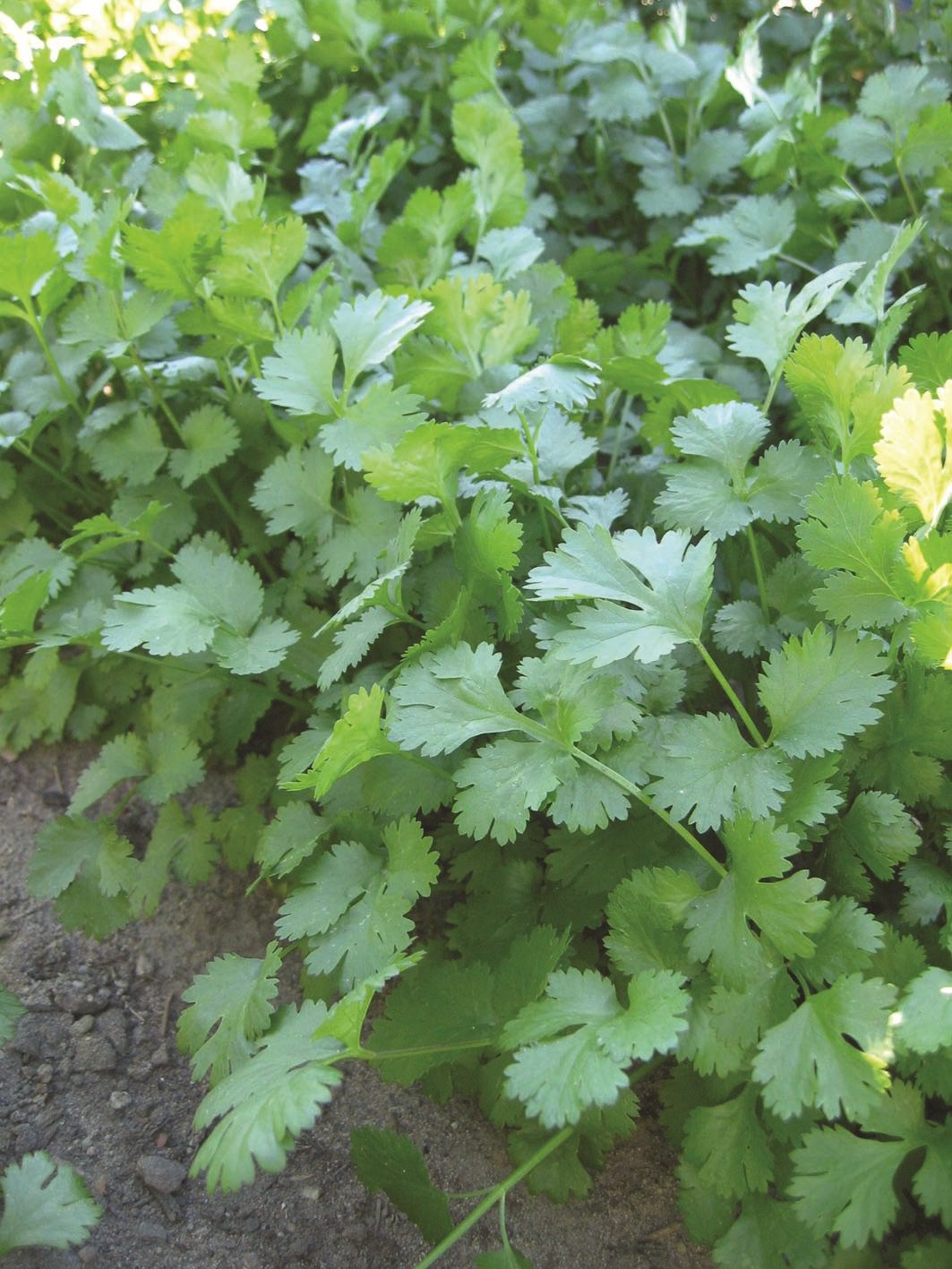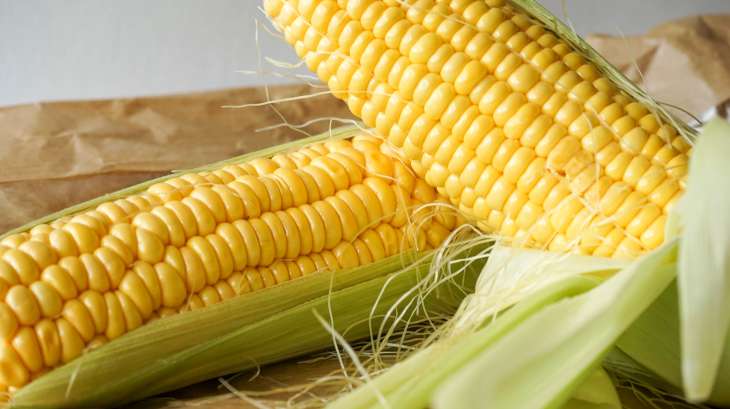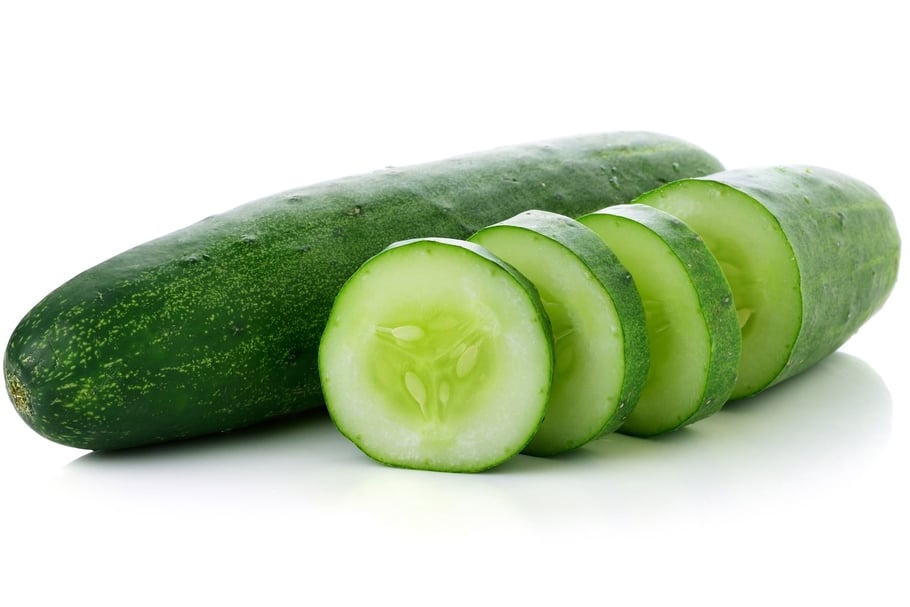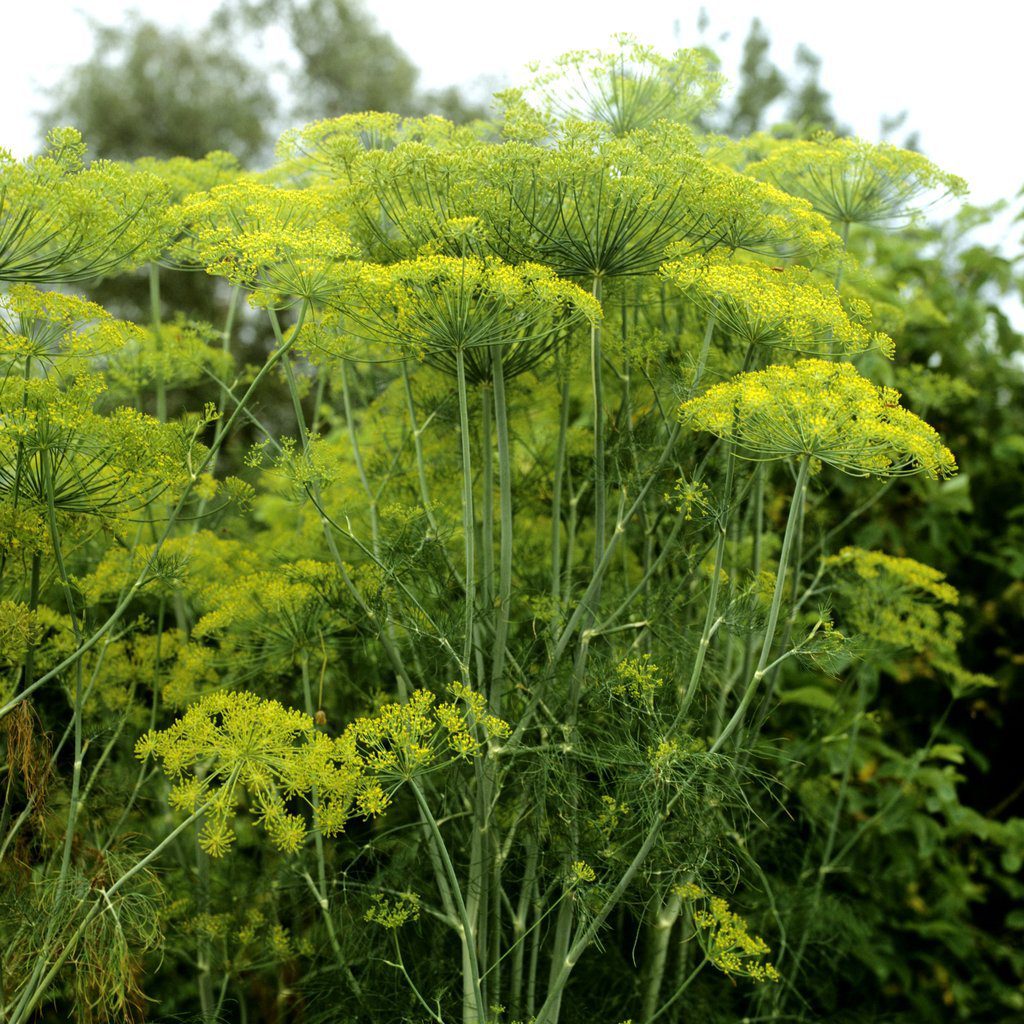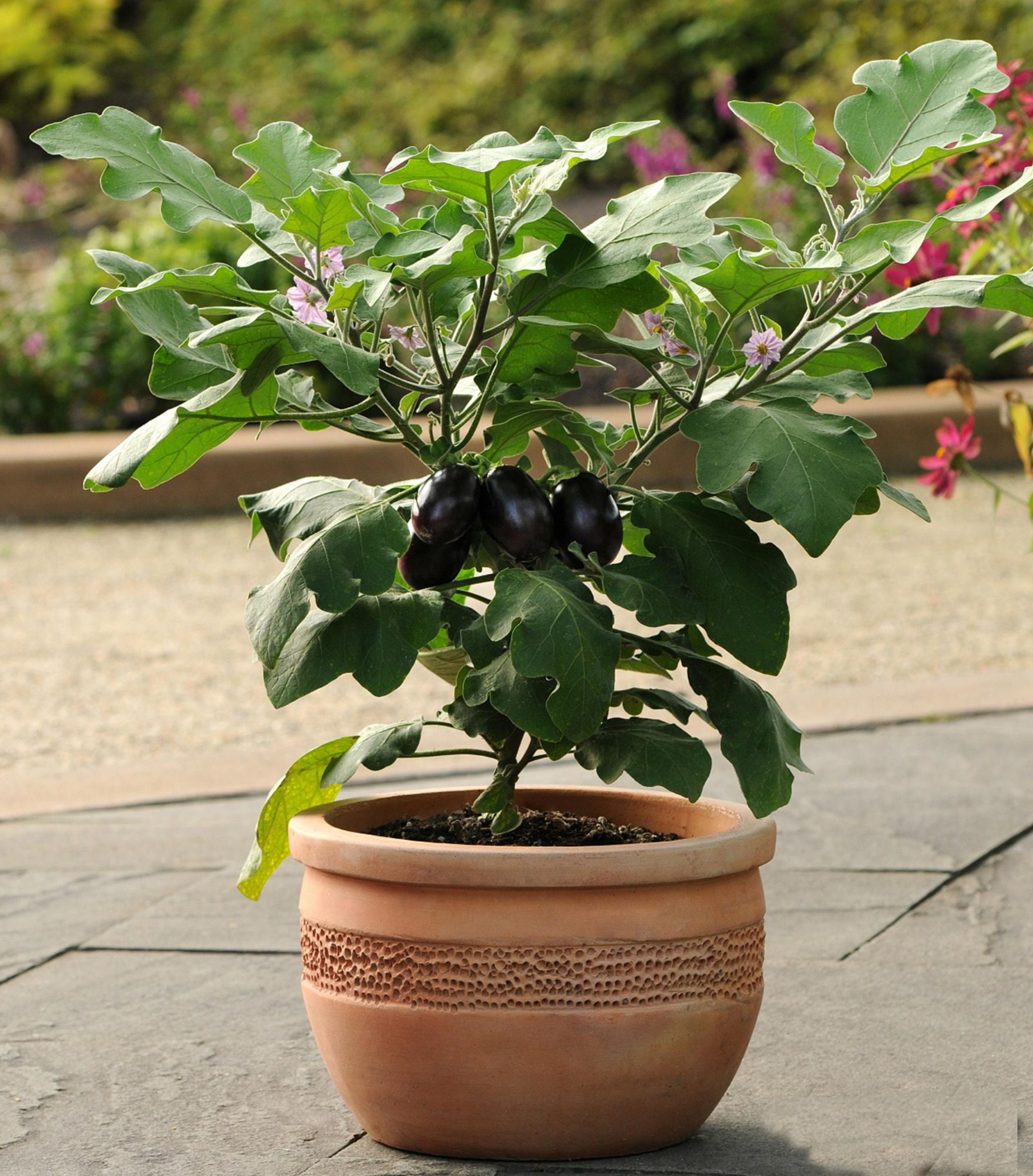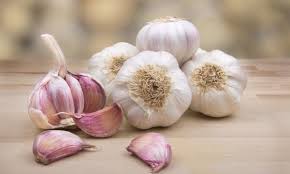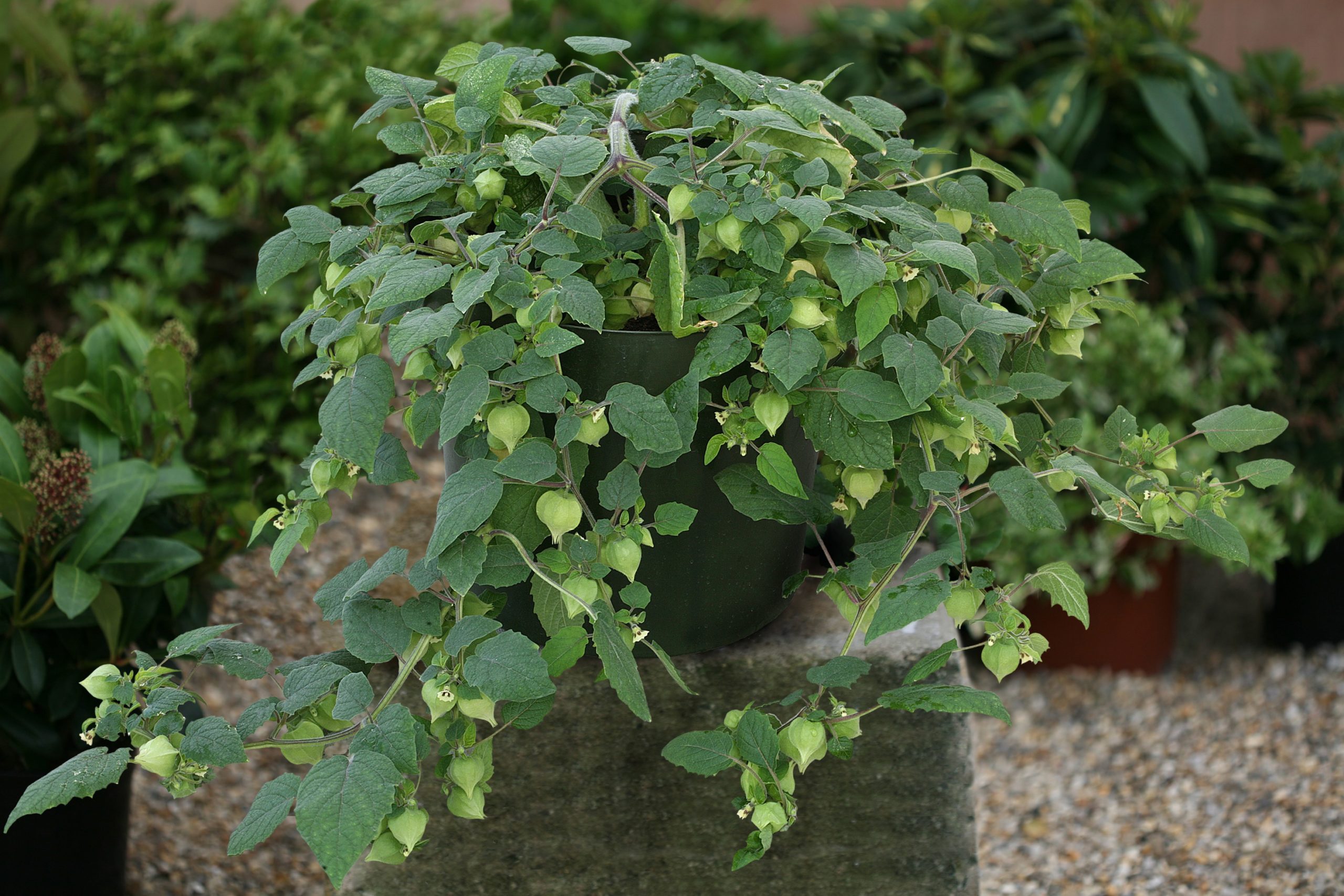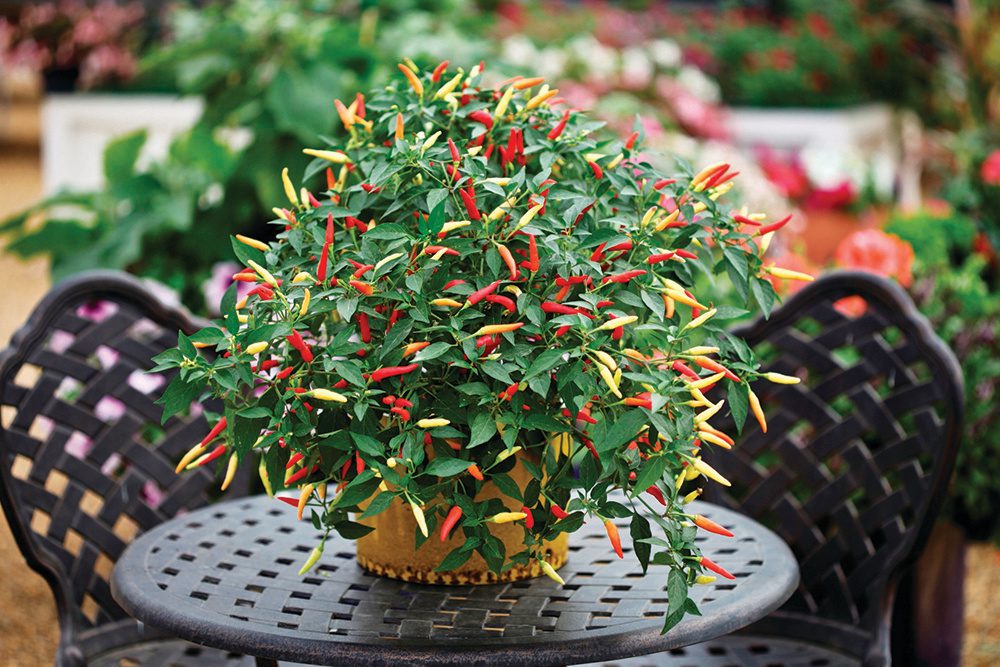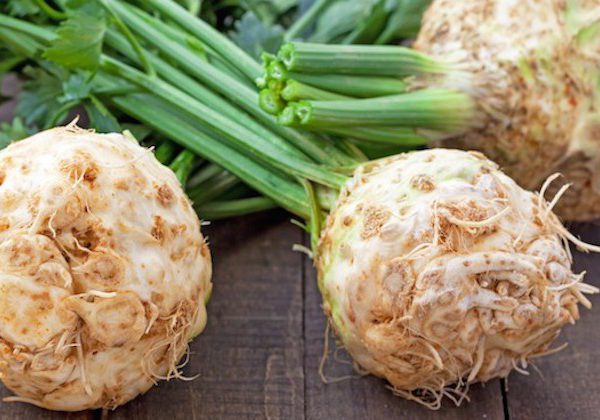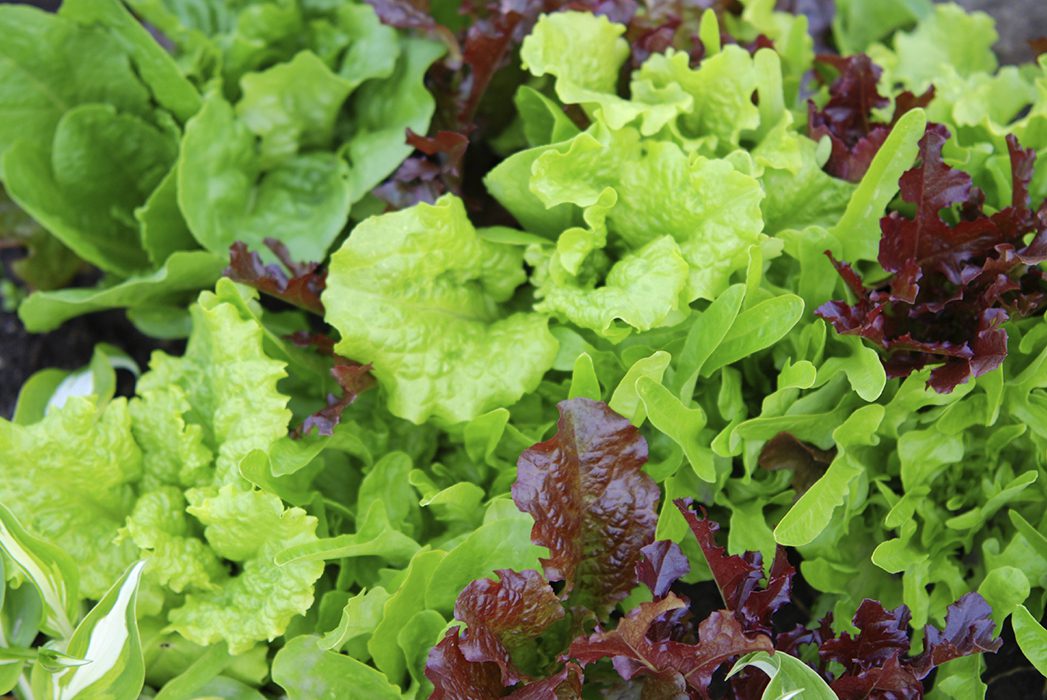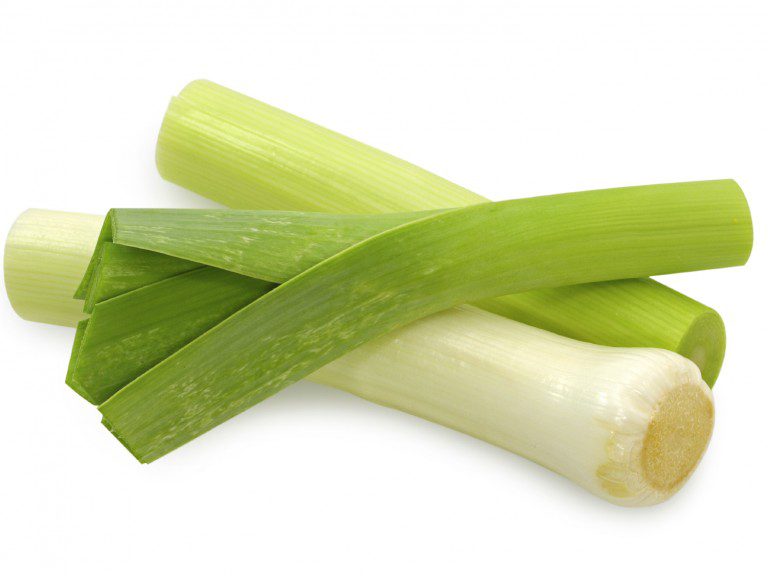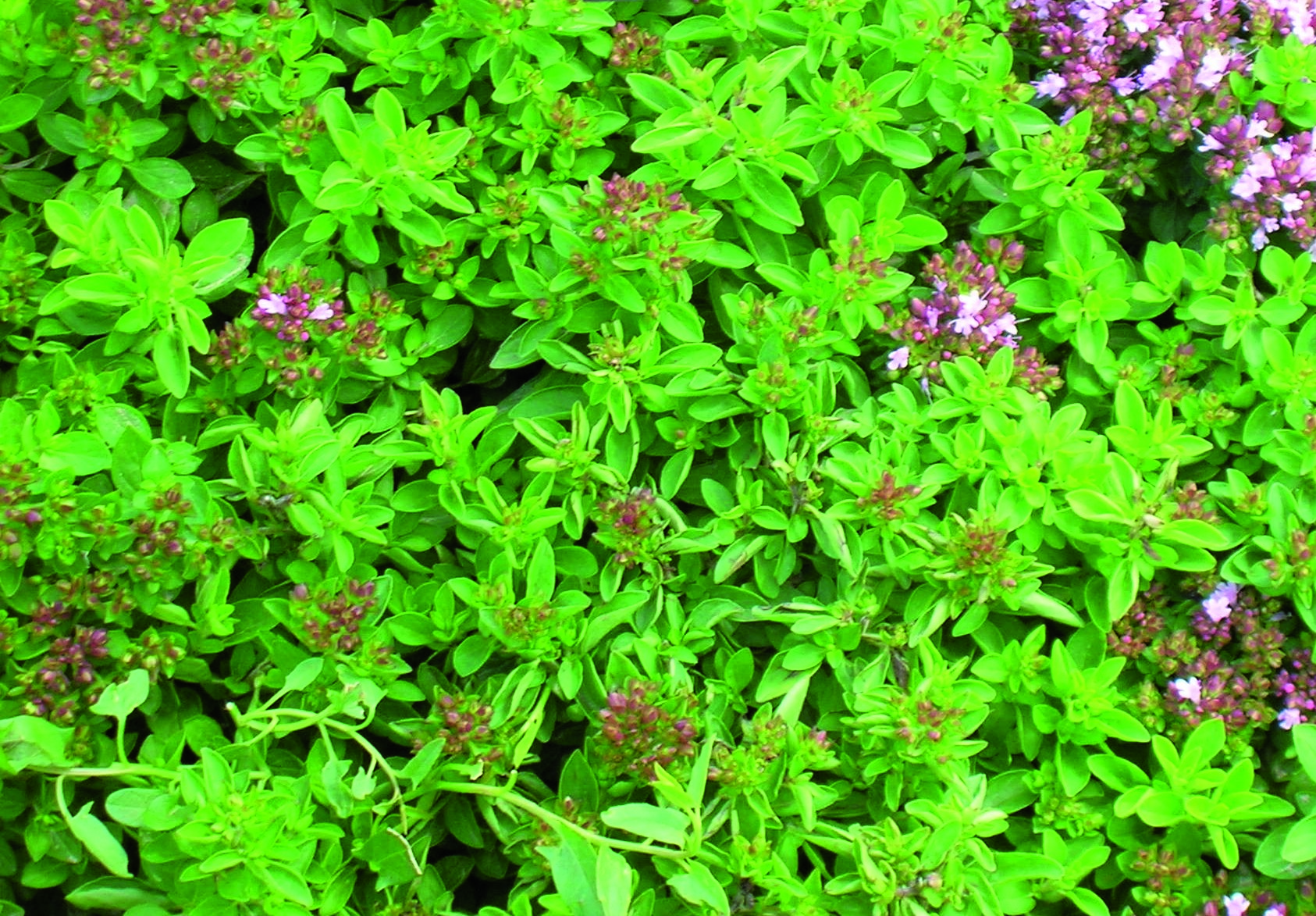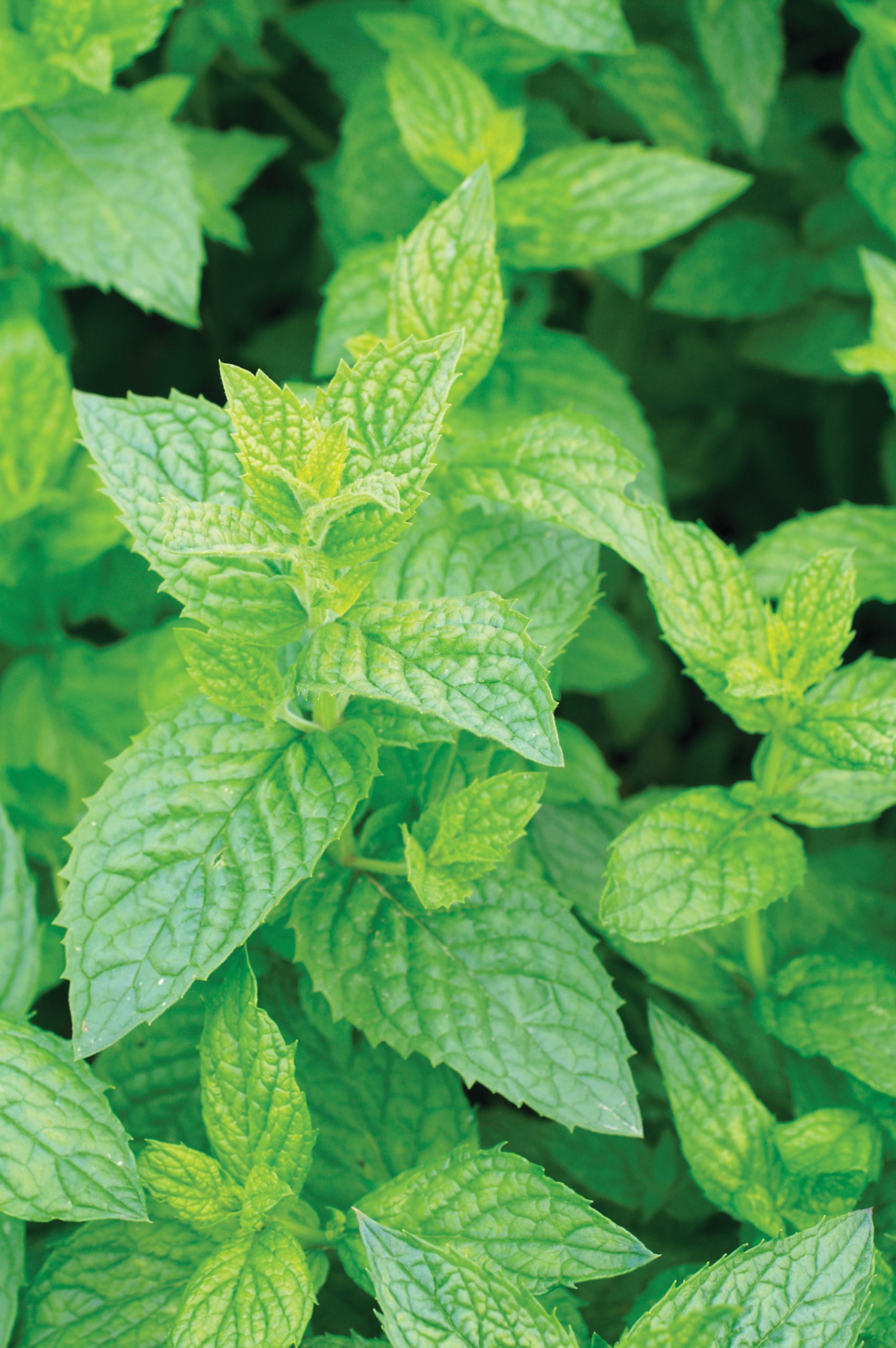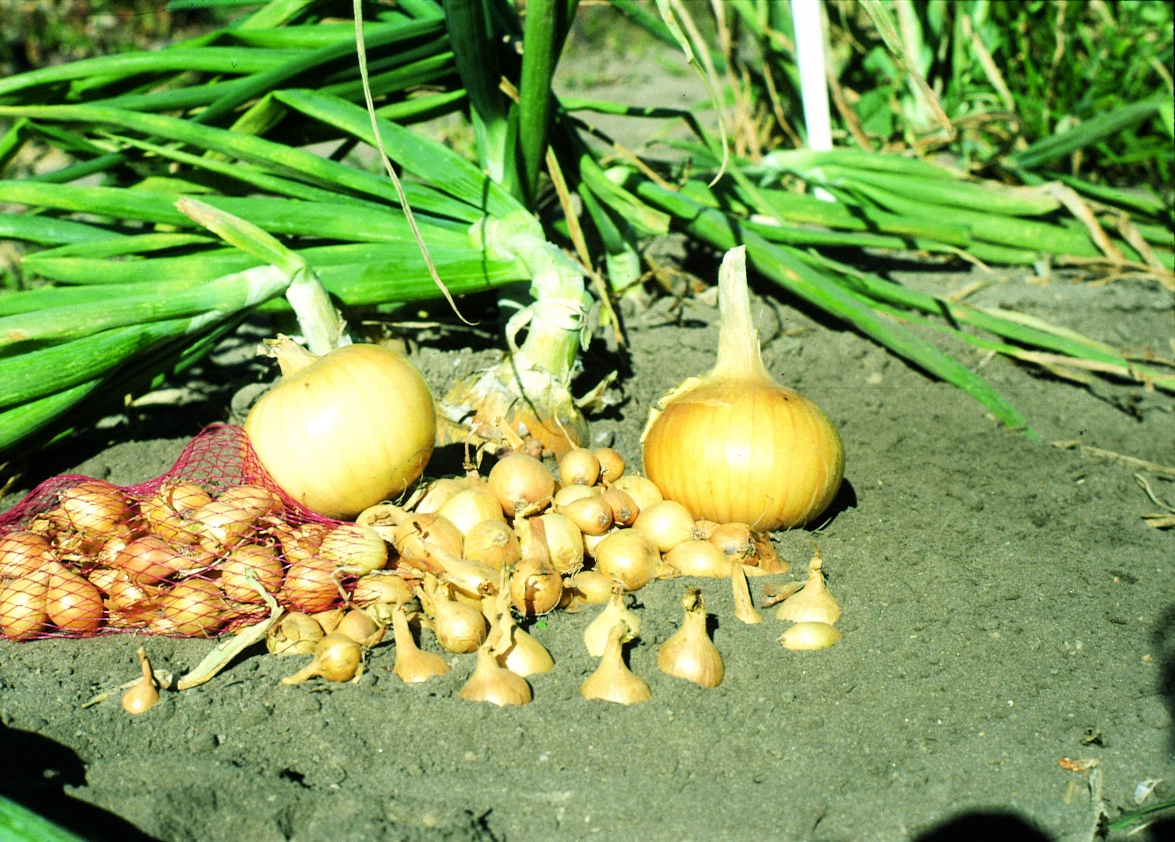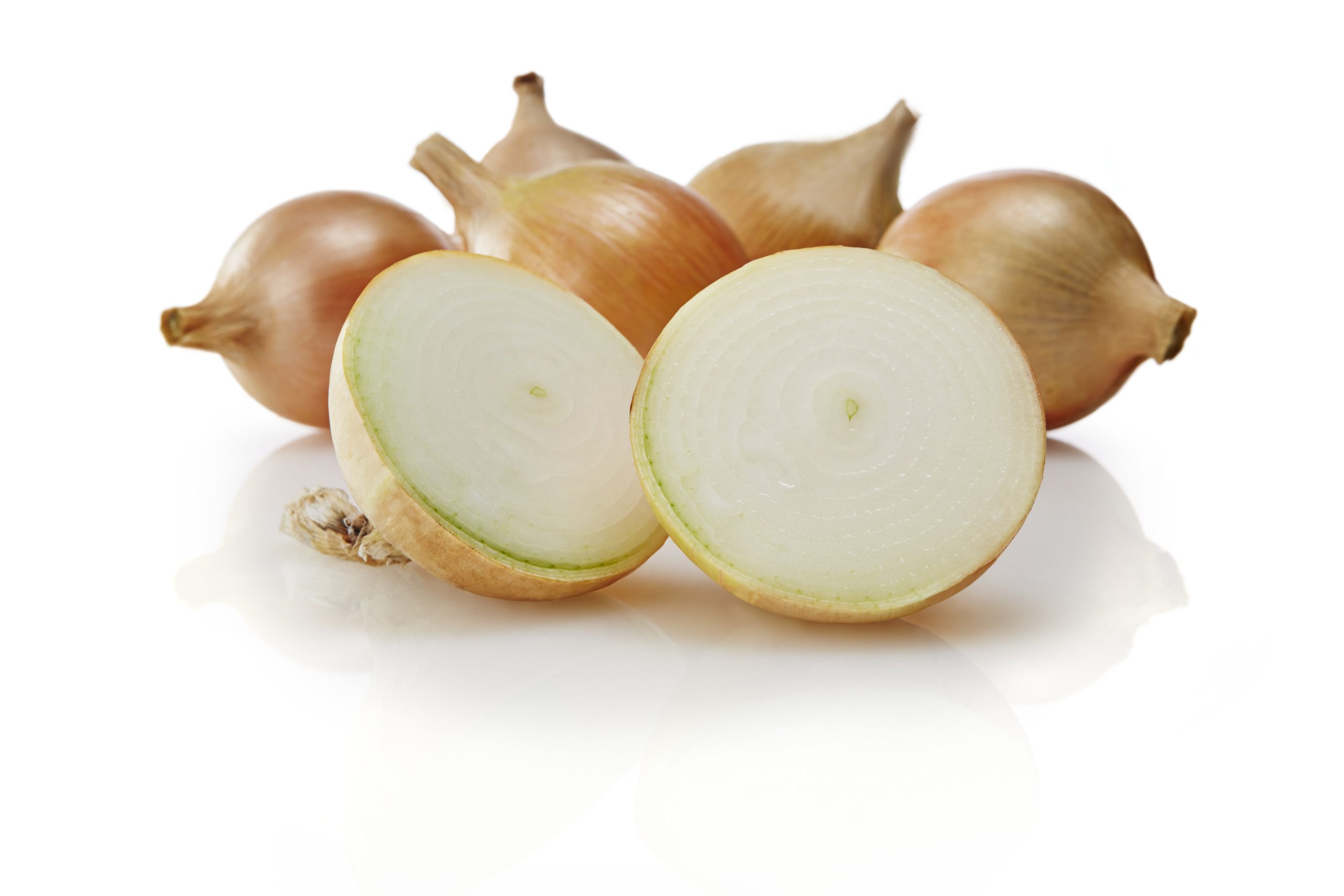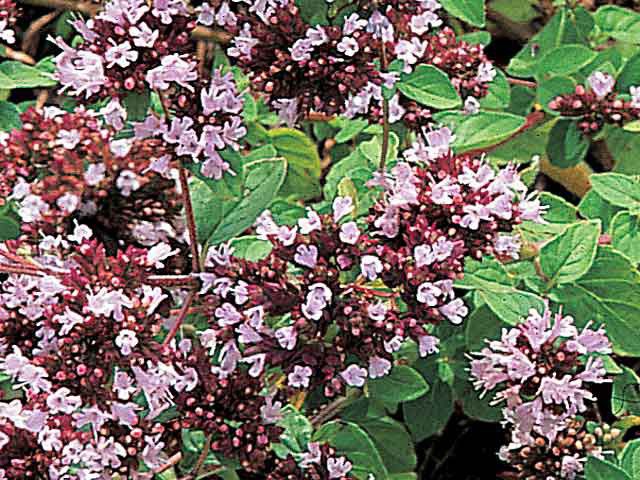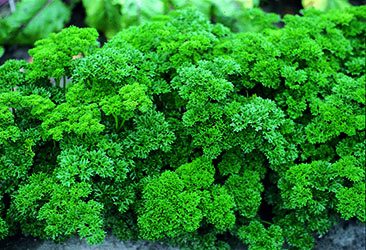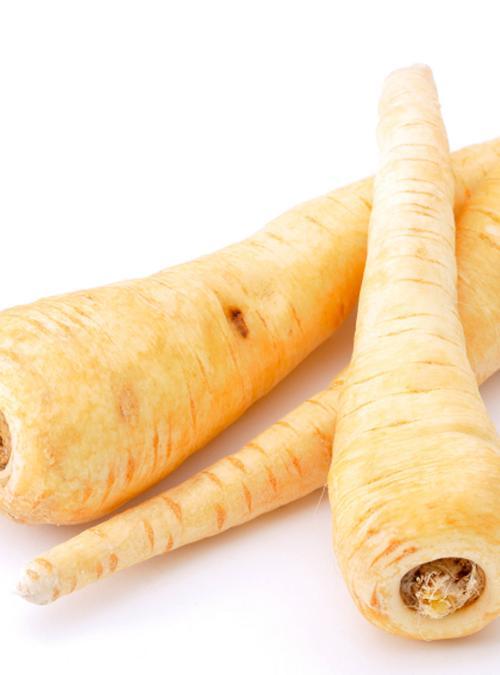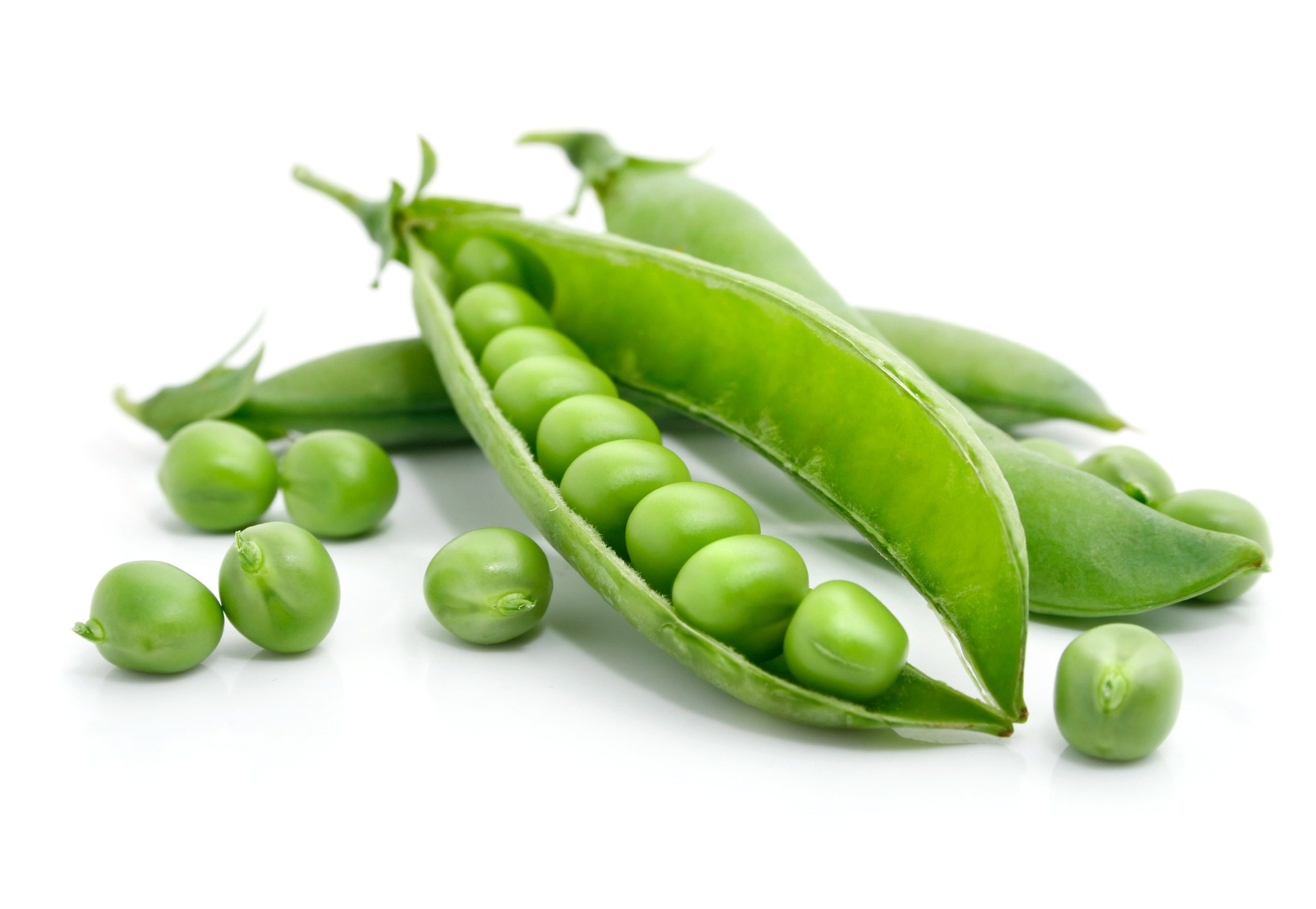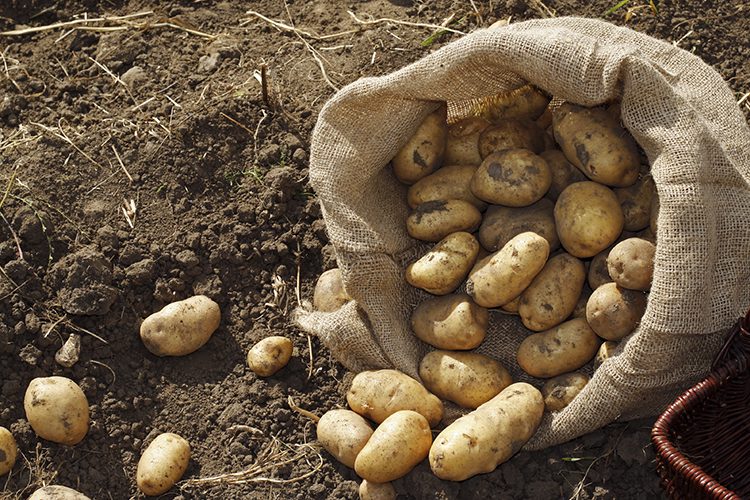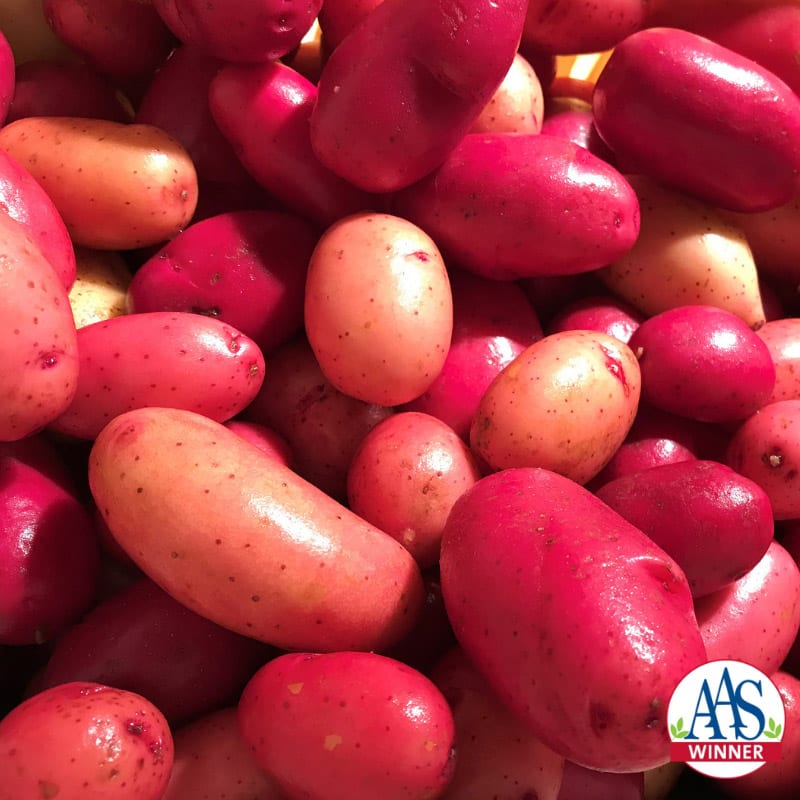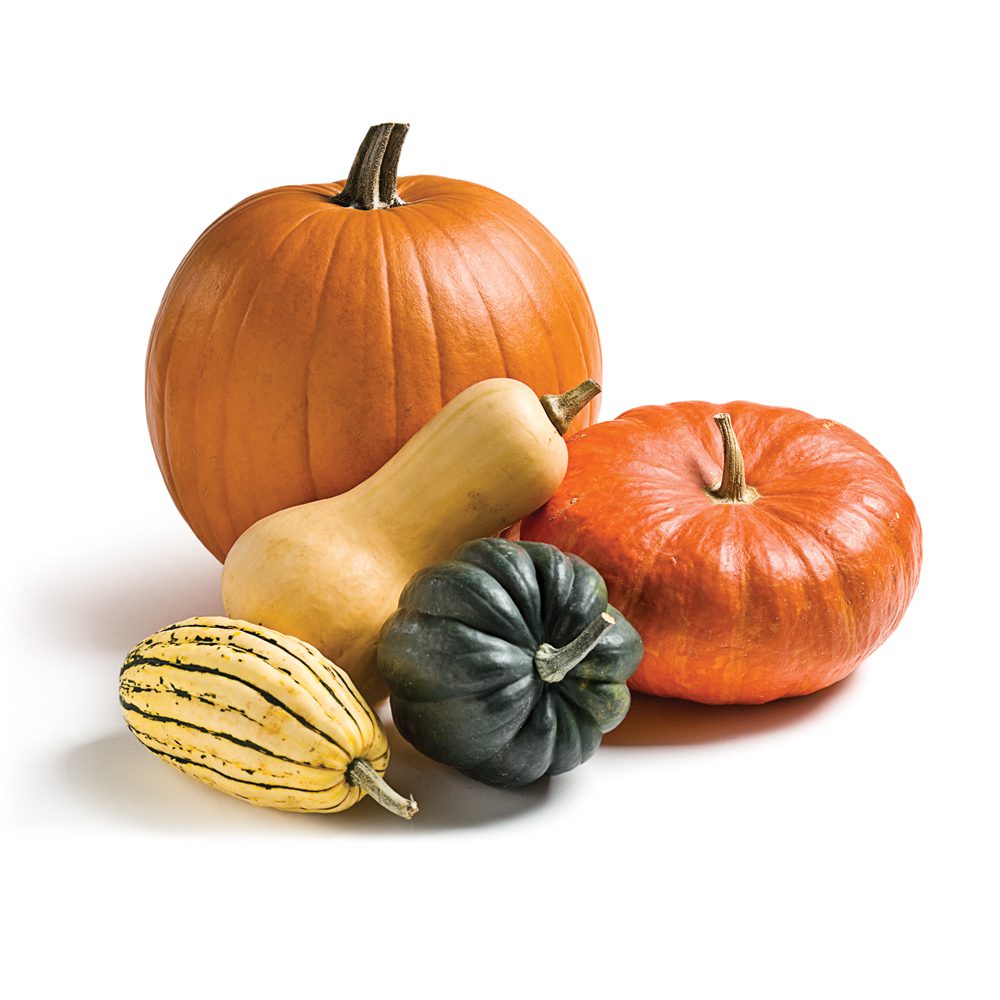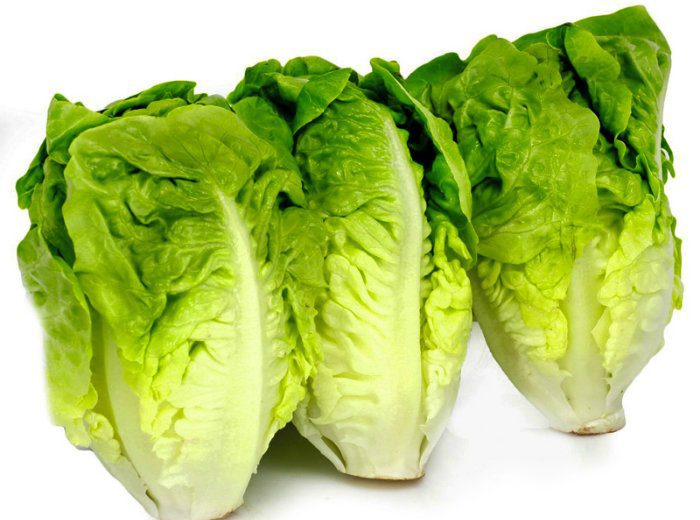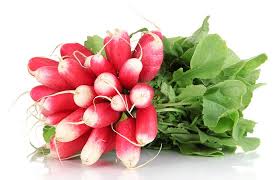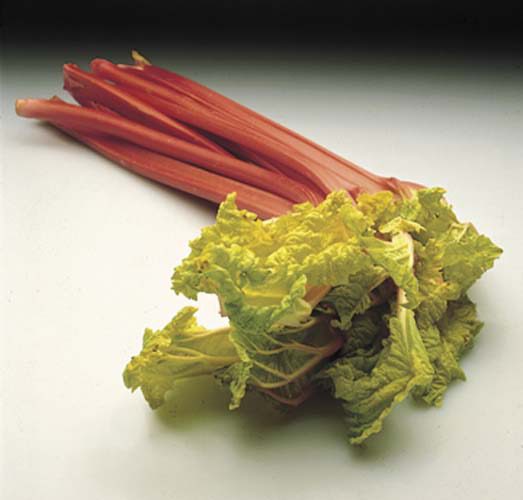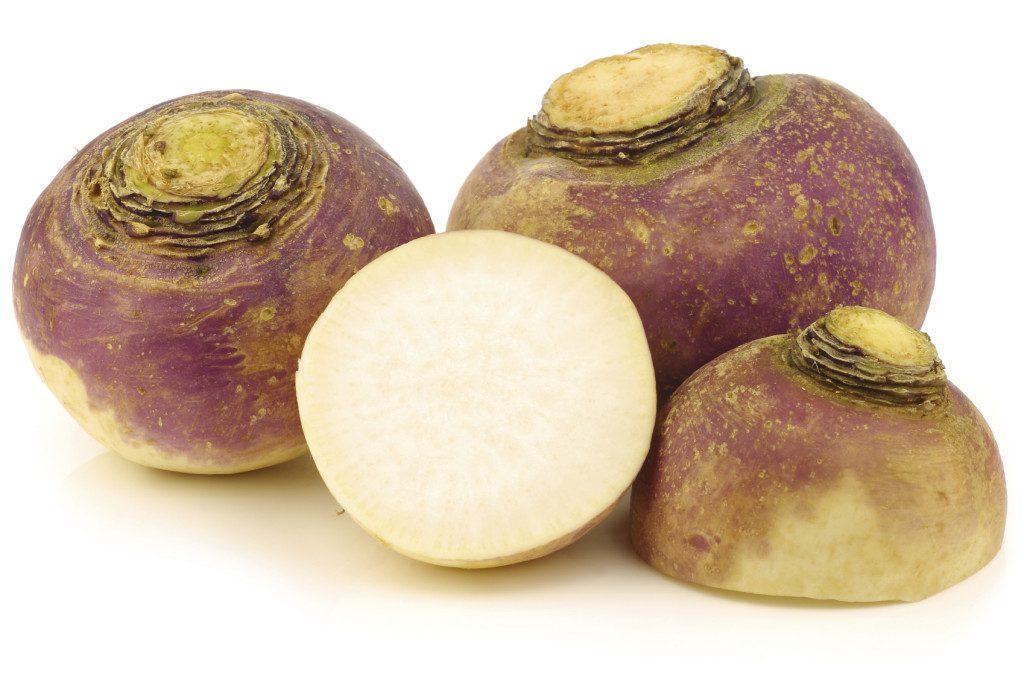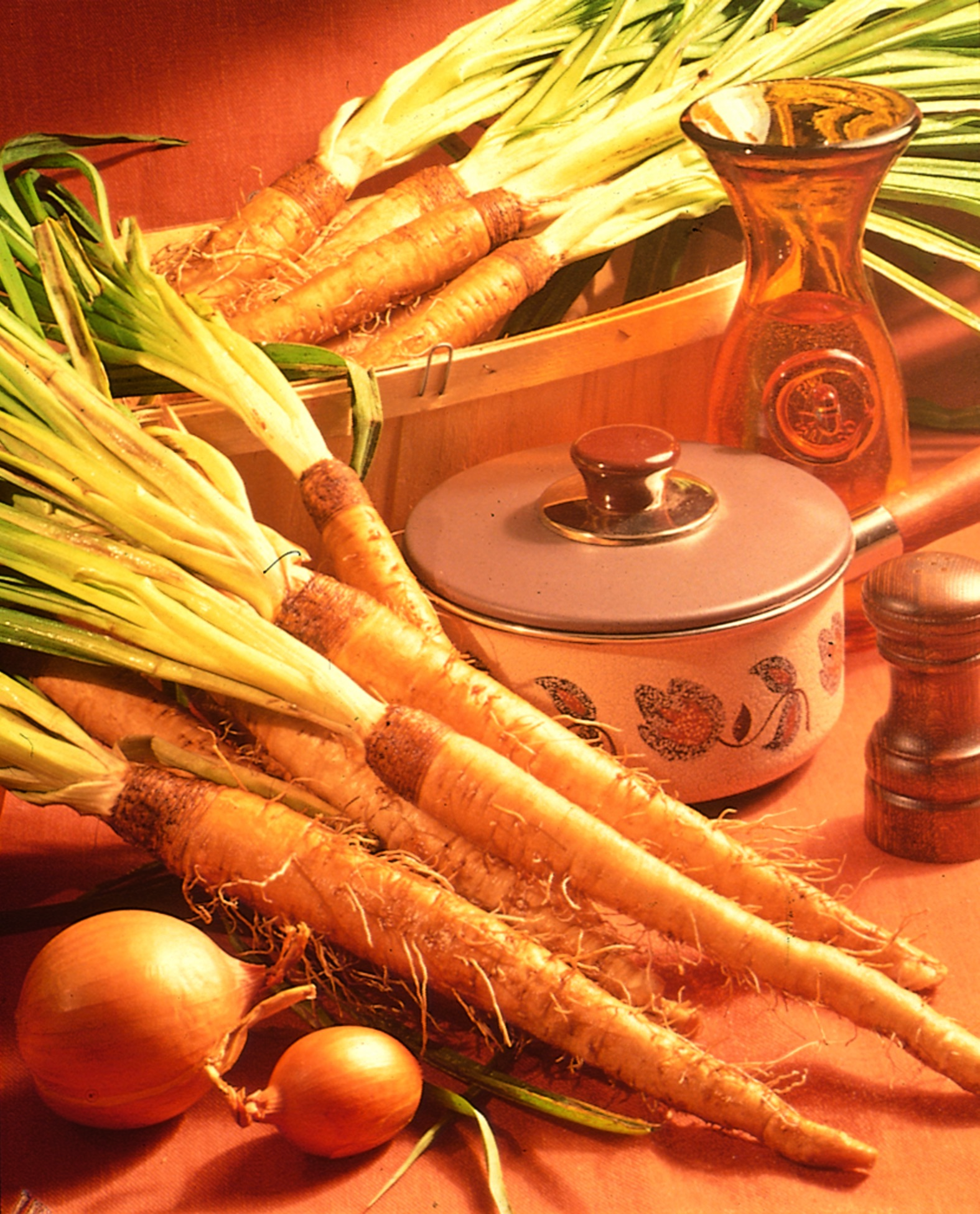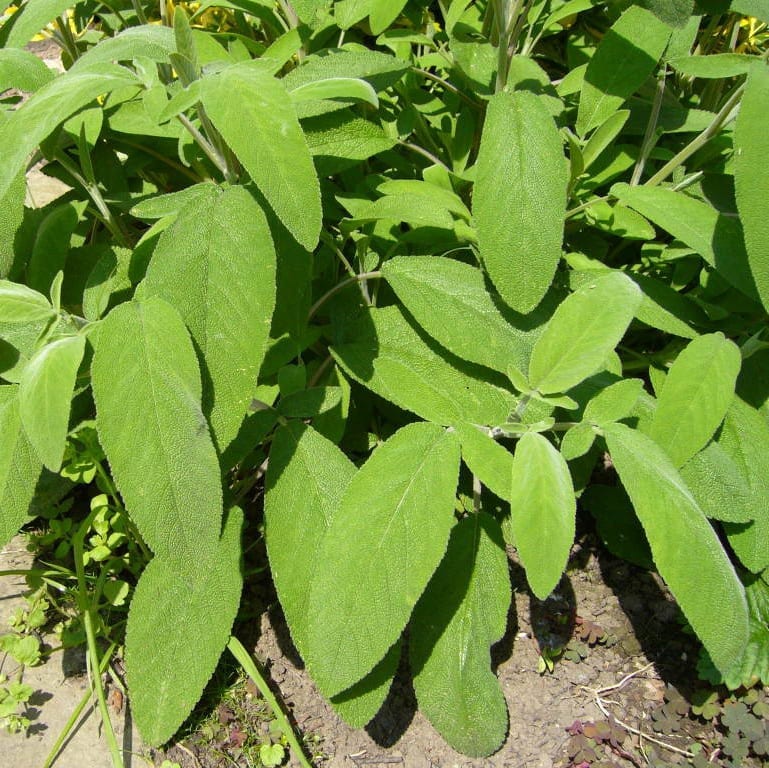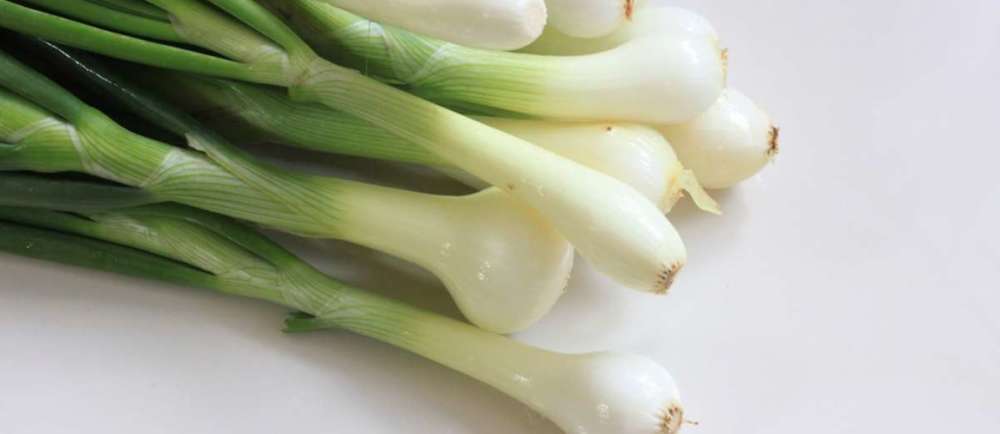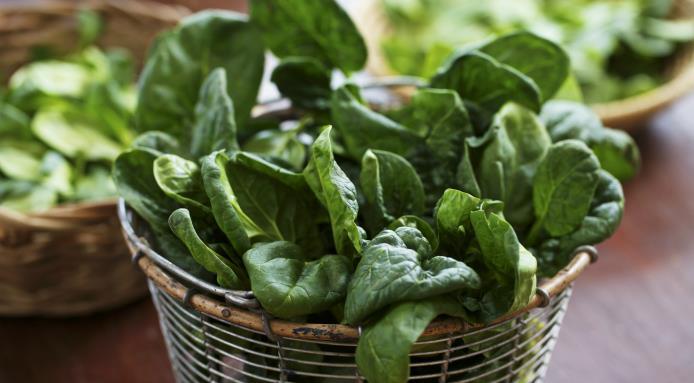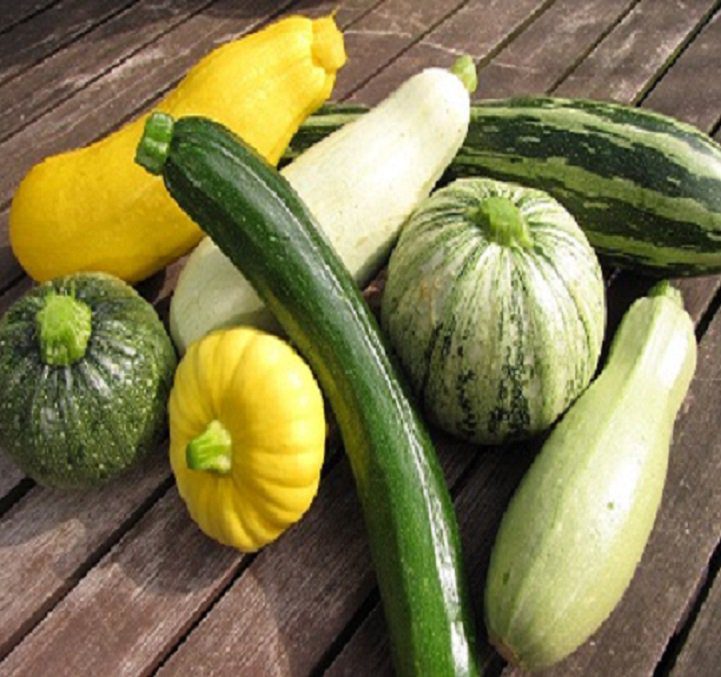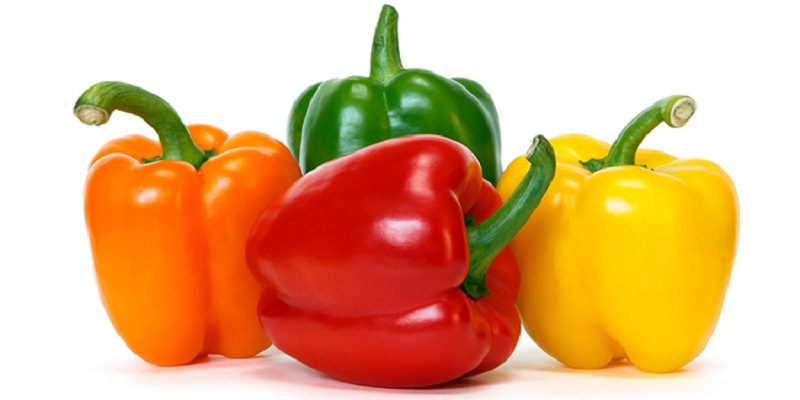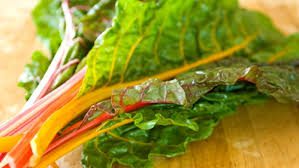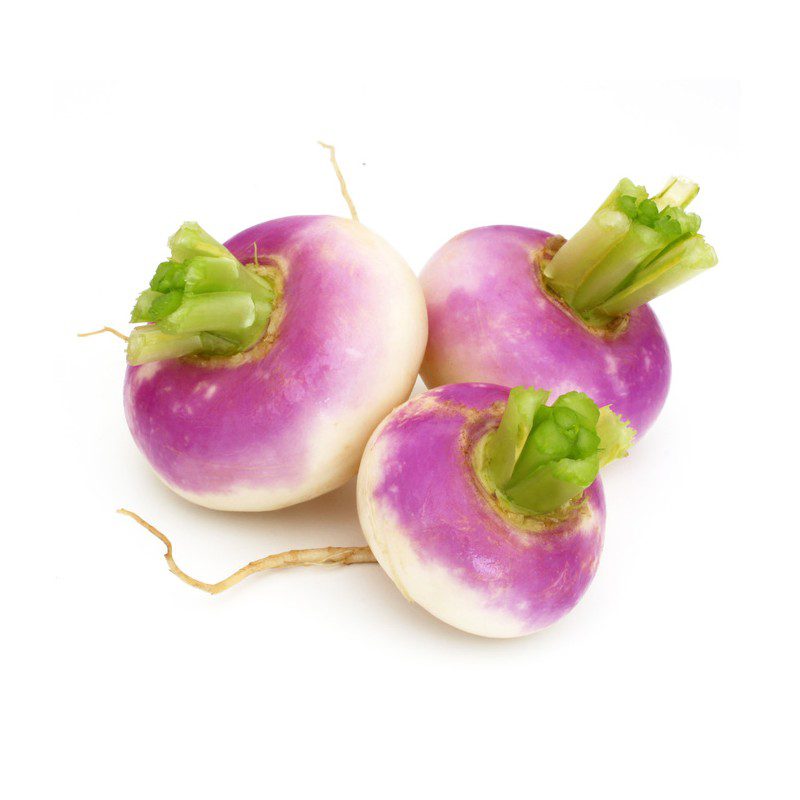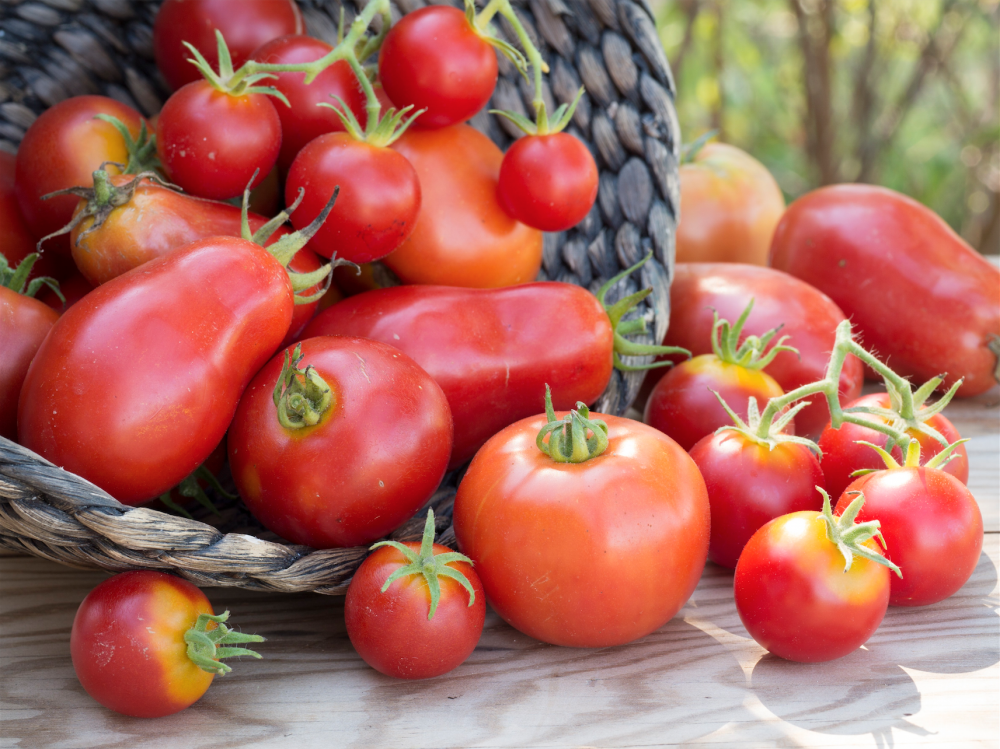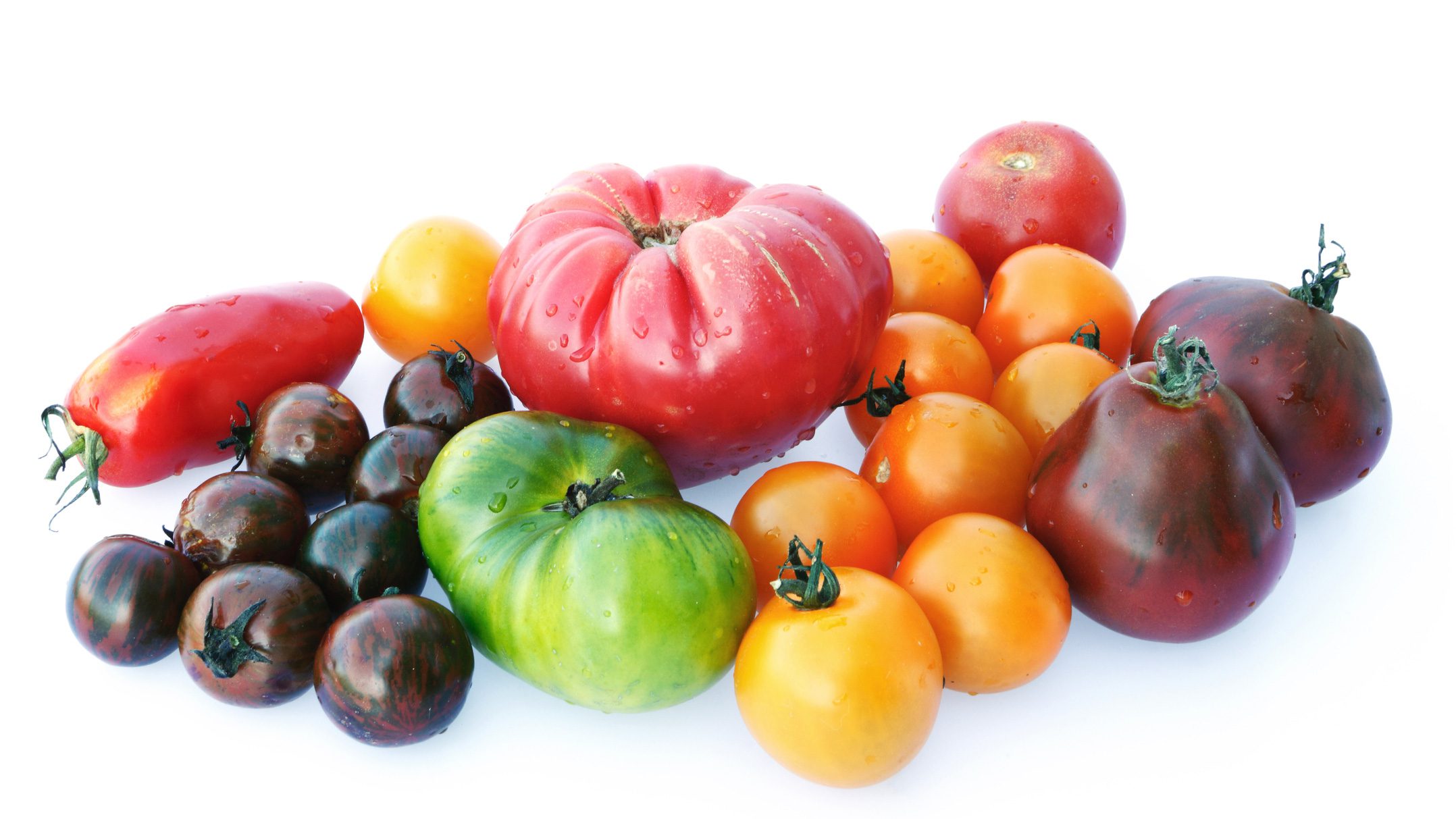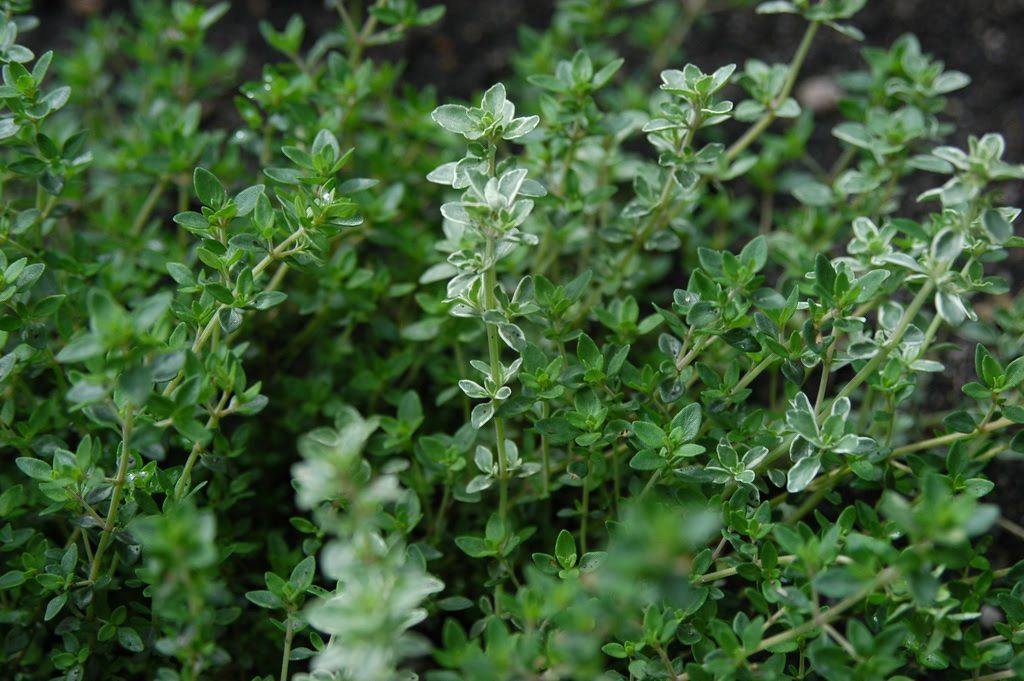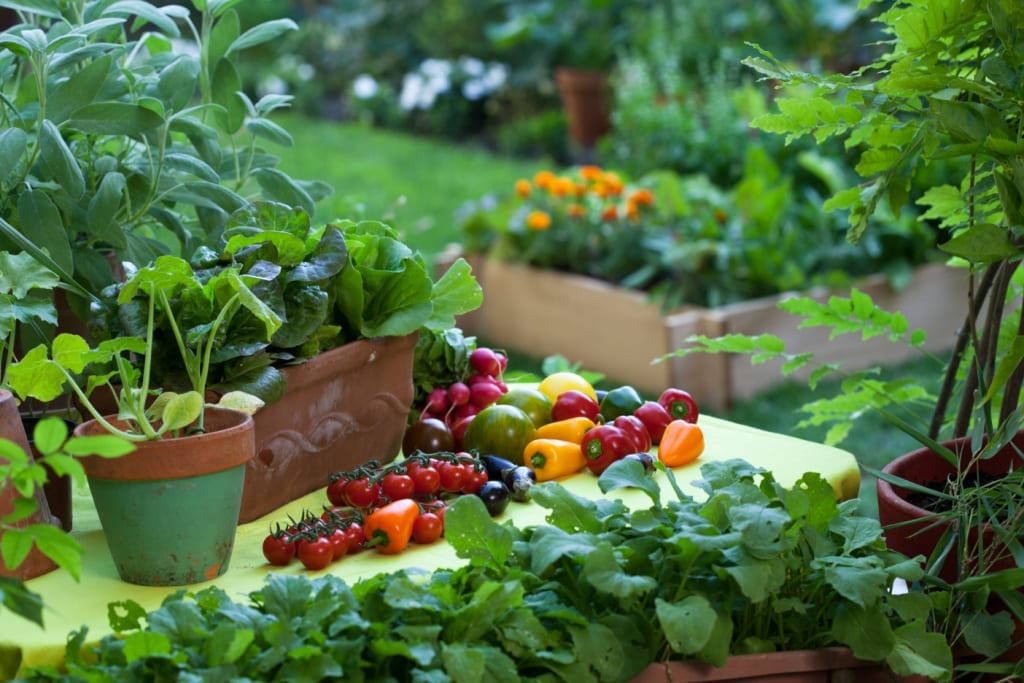
Planting the most popular vegetables and herbs in the garden.
Planting the most popular vegetables and herbs in the garden.
The following calendar contains information for timely sowing and planting.
Professional tips
Transplanting to the garden
Step 1: Turn the soil over to a depth of twelve inches. Add equal parts garden soil and mix. Dig a hole the same depth as the pot and a width ranging from one and a half times to three times its width.
Step 2: Squeeze the pot and tap it to remove the plant. Gently loosen the roots with your fingers. If the root bread is too dense, loosen the fibres by inserting a knife or trowel into it. Separate the roots carefully, then place the plant in the dug hole.
Tip: Use Organic Bone Meal or Soil Activator Solution or Kick Start Fertilizer when transplanting to stimulate root development. Follow label instructions.
Fill the hole with garden soil. Press the soil lightly around the base of the plant to optimize root-to-soil contact. Water regularly, every two or three days, until the soil settles.
Direct Sowing in the Garden
Sow to a depth four times greater than the diameter of the seeds. For tiny seeds, like carrots or parsley, just cover them with a thin layer of soil.
Calendar of direct sowing and transplanting of the most popular vegetables and herbs in our gardens.
Basil
Plantation: Indoor: Sow in March, taking care not to cover the seeds. Basil is fragile to damping-off, it is recommended to sow it under artificial light and use a heating mat. Maintain the temperature of the seedlings at 21 °C. Outdoor: Sow directly in the vegetable garden when all risk of frost has been eliminated.
Transplantation: early June
Spacing: 25–30 cm in the row and 30 cm between the rows. For balcony or patio cultivation, transplant in containers of 25 cm in diameter.
Beet
Plantation: sow seeds directly in the garden from May to the beginning of July. The beets will have a better taste when they grow quickly and steadily.
Depth: 2.5 cm
Spacing: clear plants 8 cm apart on rows spaced the rows at least 30–40 cm apart.
Beans (yellow or green)
Plantation: sow the beans from mid-May to the end of July, make sure that the danger of frost on the ground has passed, as the seeds are fragile. To germinate, they need a ground temperature of at least eighteen °C, but no more than twenty-four °C. Germination of seeds will be poor if they are planted too early or if the soil is too wet.
Depth: 8 cm
Spacing: space the seeds 5 cm to 8 cm apart in rows 50 cm apart.
Broccoli
Plantation: can be started indoors four to five weeks before the last frost or sown directly in the garden at the beginning of May.
Transplantation: end of May beginning of June
Spacing: when transplanting or thinning, leave 30 cm to 45 cm between plants in rows spaced 45 cm to 60 cm apart.
Brussels sprouts
Plantation: can be sown indoors four to five weeks before the last frost or in the ground in early May.
Depth: 6 mm to 13 mm
Transplantation: mid to late May
Spacing: when transplanting or thinning, leave 30 cm to 45 cm between plants in rows spaced 45 cm to 60 cm apart.
Cabbage
Plantation: start your seedling indoors four to five weeks before the last frost. Sow directly in the garden in the end of May.
Depth: 6 cm
Transplantation: mid-May
Spacing: thin them to 30 cm to 45 cm, in rows spaced 61 cm apart.
Carrot
Plantation: sow at the beginning of May for an early crop, in mid-June for a fall crop and even at the beginning of July for young, tender carrots at the end of the season.
Spacing: space the rows 40 cm apart and thin out to 5 cm apart. Properly mound the soil around the plants to prevent sunburn and green discolouration at the collar.
Cauliflower
Plantation: More than any other vegetable is affected by climate and grows best in cool weather. For an early harvest, sow them indoor between early February and mid-March, the seedlings must be hardened before transplanting them to the garden. For a fall harvest, sow cauliflower in open ground between early and mid-June.
Depth: 6 mm to 13 mm
Transplantation: end of May
Spacing: 45 cm to 50 cm between plants in rows spaced 60 cm to 90 cm apart.
Celeriac
Plantation: sow indoors in early March in light, sandy soil; cover the seeds with three millimetres of soil. There will be germination after three weeks at a temperature of 17 °C. Transplant into individual pots when the plants are 2.5 cm high
Transplantation: mid to late May.
Spacing: 20 cm to 30 cm between plants in rows spaced at least 60 cm apart.
Celery
Plantation: sow indoors in early March in light, sandy soil; cover the seeds with three millimetres of soil. There will be germination after three weeks at a temperature of 17 °C. Transplant into individual pots when the plants are 2.5 cm high
Transplantation: end of May.
Spacing: when transplanting or thinning, leaves 20 cm to 30 cm between plants in rows spaced at least 60 cm apart.
Chicory
Plantation: resistant to cold, it can be sow as soon as the soil is workable. For an early harvest, sow indoor in April and transplant them directly in May. Germination will be faster and more uniform if the temperature is between ten °C and fifteen °C.
Depth: 6 mm
Spacing: in rows 40 cm to 45 cm apart. Depending on the variety, leave 20 cm to 25 cm between the plants.
Chinese cabbage
Plantation: early May
Depth: 6 mm
Spacing: thin the plants every 15-20 cm in all directions.
Chives (perennial)
Plantation: Indoor: sows 2 to 3 seeds in containers 6 to 8 weeks before the last frost. Outdoor: It recommended sowing in spring directly in the garden as soon as the soil has warmed up. Sow a clod of 4 to 6 seeds and space it 15 cm in the row.
Transplantation: Early June
Spacing: space 15 cm in the row and 30 cm between the rows. For balcony or patio cultivation, transplant to a container at least 25 cm in diameter.
Coriander
Plantation: to speed up germination, it is best to soak the seeds 12 hours before sowing them. Indoor: Cilantro does not like growing indoors: it is difficult to give it the intense sun and cool temperature it prefers. Outdoor: sow from spring to late summer directly in the garden. To harvest the leaves, sow 1–2 seeds per hole (1.5 cm deep) spaced 2.5 cm apart in the row. Thinning is not necessary, as cilantro grows well even when sown tightly.
Spacing: for the harvest of leaves, space the plant at 2.5 cm and for the collection of seeds space then at 20 cm on the row and 20 cm between the rows.
Corn
Plantation: mid-May to mid-June
Depth: 1 cm to 3 cm depending on the size of the seed.
Spacing: in pockets of three to four seeds 25 cm apart, in rows 70 cm apart.
Cucumber
Plantation: seed them indoors at least three weeks before transplanting them to the garden. Use “Jiffy” pots to reduce the shock of transplanting. When sown directly in the garden, the soil temperature should be around 16 °C and when there is no longer any danger of frost on the soil.
Depth: 2.5 cm
Transplantation: early June
Spacing: 1 m between seeds and 1 m between rows.
Dill
Plantation: sow your dill directly in the garden when the risk of frost has passed because the plants do not tolerate transplantation.
Spacing: sow it in rows spaced 60 cm apart and thin out the seedlings at 30 cm distance on the row.
Eggplant
Plantation: sowing within 8 to 12 weeks before the last spring frost, germination will occur after 3 weeks at 24 °C. Transplants 6 to 8 weeks later in individual pots. In May, the seedlings should be hardened, gradually reducing the temperature without falling below 15 °C.
Transplantation: mid-May.
Spacing: space the plants at 60 cm in rows distant 80 cm to have an ideal flavour harvested before internal seeds develop.
Garlic
Plantation: Plant cloves during fall, one month before the ground freezes in your area (mid-September to late October). Planting in the fall allows the roots to develop slowly under the snow. This ensures an early spring emergence and respects the natural cycle of garlic. Carefully separate the cloves from the bulb before planting to prevent them from drying out.
Depth: 3 cm.
Spacing: Plant each clove separately, pointing upwards and cover with 2 cm to 3 cm of soil. Leave 10 cm to 15 cm between each clove and 20 cm to 25 cm between rows. On frozen ground, cover the plot with a good layer of mulch (shredded leaves, straw) to promote snow accumulation, the best winter protection.
Ground Cherry
Plantation: sow indoor, under light, six to eight weeks before the expected date of the last soil frost in your area. Harden the seedlings before planting in the garden. Growth is best at temperatures of 21 ° C to twenty-four °C or higher.
Transplantation: early June
Spacing: transplant the plants 45 cm to 60 cm apart, in rows 90 cm apart.
Hot Pepper
Plantation: make seedlings indoors in March in light potting soil. Transplant into a pot when the seedlings have two pairs of true leaves.
Transplantation: Beginning of June 7 to 10 days after the date of the last ground frosts.
Spacing: Space the plants 30 cm apart in rows 60 cm apart.
Kohlrabi
Plantation: seed directly early in May
Depth: 1 cm
Spacing: in pockets of 3 or 4 seeds distributed every 20 cm. Thin out to keep only one plant, per bundle or one plant every 20 cm. Space the rows 25 cm apart
Leaf lettuce
Plantation: early May, germination will be faster and more uniform if the temperature is between 10 ⁰C and 15 ⁰C.
Depth: 1 cm
Spacing: 9 cm between seeds and 45 cm between rows
Leek
Plantation: the leek has a slow vegetative development. Sow it indoors in early March, thinning out too dense seedlings. When the foliage of the leek seedlings reaches 6 cm to 8 cm in length, cut off the ends so that the plants grow larger.
Transplantation: Transplant them into the garden as soon as the soil allows (12 °C)
Spacing: spacing them 10-15 cm and 25 cm between the rows.
Marjoram
Plantation: Indoor: sown in April in a tray. Cover the seeds with a thin layer of vermiculite. They need heat to germinate so keep the soil temperature around 18 °C to twenty °C. Germination takes 14 to 20 days. As it develops, thin out to keep only the strongest seedlings, then transplant them into pots when they have at least four true leaves. Outdoor: planting in place will be done in the spring when the risk of frost has been eliminated. Sow them 1 cm deep, directly in place in pockets of four or five seeds distributed every 15 cm. When emerging, thin out to keep only the strongest plant at every 30 cm.
Transplantation: Early June
Spacing: 20 cm in the row and 30 cm between the rows.
Mint (perennial)
Plantation: Indoor: sows 6–8 weeks before the last frost. Maintain the temperature between twenty °C and twenty-one °C. The germination time is around 10 or 12 days. Outdoor: direct sowing in mid-May or transplant when there is no more risk of frost.
Depth: 1 cm
Transplantation: Early June
Spacing: the plants can be invasive. If you have a small garden, we recommend growing it in a pot.
Muskmelon and Watermelon
Plantation: Start seeds indoors in early spring. After about 6 weeks and when all risk of frost has passed, the seedlings should be hardened off and planted in the garden.
Depth: 5 cm
Transplantation: Early June
Spacing: plant each seedling in slight mounds spaced one metre apart with one metre to 1.5 m between rows.
Onions (bulbs)
Plantati0n: early June
Depth: three times the height of the bulb
Spacing: 10 cm between the bulbils and 20 cm between the rows
Onions (seeds)
Plantation: For a summer harvest, sow them in March and transplant them into the garden in May. For a fall harvest, sow them directly in the garden as soon as the ground can be properly worked.
Spacing: Space rows 35 cm to 38 cm apart. For larger bulbs, clear the plants 7 cm to 8 cm apart. The thinned plants taste great in a salad.
Oregano (perennial)
Plantation: Indoor: sows 10–12 weeks before the last frost. Maintain the soil temperature around 21 °C. The germination time is around 7 to 14 days
Depth: Do not cover the seeds, as they need light to germinate.
Transplantation: Transplant hardened plants to the garden after the last ground frost.
Spacing: 30 cm to 45 cm between plants.
Parsley
Plantation: Indoor: sow in peat pots (the roots do not like to be disturbed when transplanting). Wait 14–21 days for seedlings to appear and maintain soil temperature around 21 °C. Transplants in the garden 1 to 2 weeks before the last frost. Outdoor: Parsley can be sown in place as early as late winter, throughout spring and summer. Loosen the earth; that is to say, make it light by de-compaction it as much as possible. Form furrows every 25 cm. Bury the seeds in one to 2 cm and cover with potting soil. Water the soil regularly with light mist until the emergence of the seeds. Which can last up to three weeks. As soon as the plants have formed 4 or 5 leaves, thin out to about 10 cm to allow room for the parsley to develop. Note: Soak the seeds in lukewarm water for 24 hours before sowing them.
Transplantation: Early May
Spacing: space plants 10 cm in the row and 25 cm between the rows. For balcony or patio cultivation, transplant to a container at least 25 cm in diameter.
Parsnip
Plantation: sow parsnips early, as soon as the soil temperature is sixteen °C.
Depth: 1 cm
Spacing: the seeds must be sown close together, as germination is difficult. Thin out to 15 cm on the row and 30 cm between rows.
Peas
Plantation: peas like to grow in a cool climate. Early varieties are sown as soon as the soil allows. Depending on your region and the variety, it may be possible to sow from the end of April until mid-May, to ensure optimal emergence, soil temperature should be between 10 and 16 ºC. For fall crops, sow in July and August. For fall crops, sow in July and August
Depth: 5 cm
Spacing: peas are natural climbers and tolerate being crowded. If space is limited, use a wire mesh between double rows. Sow in double rows spaced 7 cm to 10 cm apart. Leave 5 cm between the seeds and cover them with 5 mm of soil. Make successive sowing (watch out for hot temperatures). For best results, install them on a support, such as a trellis. Do not thin the plants.
Potato (tubers)
Plantation: Keep the tubers in an open, frost-free area until planting time. Warm up tubers, if necessary, to 10-15⁰ C, which will help sprouts to form. Divide larger tubers into pieces with 2-3 eyes each.
Depth: Place tubers upright with the eyes at the top, covering them with at least a 2.5 cm layer of soil.
Spacing: 30 cm between seeds and 50 cm between rows.
Potato (seedling)
Plantation: Seedlings indoors, under light, 6 to 8 weeks before the expected date of the last ground frost in your area
Transplantation: keep about 30 cm to 40 cm between each tuber, burying them 10-15 cm deep and space then about 60 cm to 70 cm between rows.
Pumpkin and Winter Squash
Plantation: plant four to five seeds at 2.5 cm and thin out to two – three plants. Sow a seed directly in the garden when there is no more risk of frost, and the soil is warm.
Spacing: 2 m
Romaine and head lettuce
Plantation: lettuce can be sown indoors in early May. Transplant when the young plants have three or four true leaves. Planting outdoors is done in late May when all risk of frost has passed.
Transplantation: End of May
Spacing: space the rows 40 cm to 45 cm apart. Depending on the variety, leave 20 cm to 25 cm apart between plants.
Radish
Plantation: sow radishes early in the spring, then seed successively each week thereafter. They prefer a cool climate.
Depth: 2 cm
Spacing: Sown them in rows 45 cm to 50 cm apart and thin them to 2.5 cm – 5 cm.
Rhubarb
Plantation: Rhubarb seedling is ideally done in April-May or August-September. It can be sown out of a cup with a rich breeding ground, including good compost, and then set in a shaded area. It takes from 10 to 30 days to grow; keep the soil humid but not drenched. When your plant forms four to five leaves, transplant in the garden. It requires a Winter protection, the first year.
Spacing: transplant in partial shade, making sure to leave enough space for its development, i.e., from 1 m to 1.5 m².
Rutabaga
Plantation: Plant as soon as the soil allows for an early harvest. Sow in early June for a main harvest. It is necessary to work the soil well for a good development of the roots.
Spacing: the spacing between the rows is 60 cm to 75 cm and between the plants 8 cm to 10 cm.
Salsify
Plantation: sow salsify early in the season, as soon as the soil is at a temperature of 16 ° C.
Depth: 2 cm
Spacing: space the rows by 25 cm. Count about one seed every 2 cm or 3 cm on the line and bury them 2 cm deep. Cover the seedling with a light mulch of dry grass, you will remove it as soon as the emergence is complete. Thin out to about 10 cm when the seedlings have two leaves.
Sage (perennial)
Plantation: Indoor: sow it in March. Cover the seedlings with a thin layer of potting soil or vermiculite (2 mm). Seeds require light to germinate and a temperature between nineteen °C and twenty-one °C. Germination is slow between 14 and 20 days. Outdoor: transplant them after the last frosts. Avoid planting sage in the summer during hot weather, as it may be under great stress and not recover.
Depth: 2 cm
Transplantation: early June
Spacing: 25 cm to 30 cm between each plant. For balcony or patio cultivation, transplant to a container at least 25 cm in diameter.
Shallots (to bunch)
Plantation: for a summer harvest sow them in March and transplant them into the garden in May. For a fall harvest, sow them directly in the garden as soon as the ground can be properly worked.
Depth: 2 cm
Spacing: between the rows is 35 cm to 38 cm. To obtain larger bulbs, thin the plants to 7 cm to 8 cm.
Spinach
Plantation: planted as soon as the soil can be worked and again at the end of August or beginning of September for fall crops.
Depth: 3 cm
Spacing: thin out the plants every 10 cm and 25 cm between the rows
Summer Squash
Plantation: sow four to five seeds in June, in mounds spaced 1.5 m to 2 m apart. Thin out later, keeping the two or three best plants. Squash is a warm-season crop that needs temperatures of 18 to 27⁰ C. You can start them indoors 3 to 4 weeks before transplanting. Transplant only when there no longer is a risk of frost.
Spacing: 2 m
Sweet Pepper
Plantation: seeds indoors in March in light potting soil. Transplant into a pot when the seedlings have two pairs of true leaves.
Transplantation: Beginning of June, i.e., 7 to 10 days after the date of the last ground frosts
Spacing: 30 cm in rows spaced 60 cm apart.
Swiss chard
Plantation: mid-May, put 3-4 seeds in a small hole
Spacing: sow it in rows spaced 45 cm apart and thin out the seedlings at 30 cm distance on the row.
Turnip
Plantation: A first planting can be done from April 15th to May 15th. Sow in July or August for a second harvest in the fall.
Spacing: the spacing between rows is 30 cm to 45 cm and between plants 8 cm to 10 cm.
Tomato
Plantation: Sow indoors under grow lights, six to eight weeks before last frost in your region
Transplantation: June, harden off the seedlings before planting in the garden. Growth is best at temperatures of 21-24°C or higher.
Spacing: transplant the tomato plants 45-60 cm apart, in rows 90 cm apart. Plant indeterminate types on stakes, leaving 38 cm to 45 cm between plants in single rows, 45 cm apart.
Thyme (perennial)
Plantation: Indoor: sow it in March. Do not cover the seeds, because they require light to germinate. The germination temperature is between fifteen °C and twenty-one °C. Germination is slow between 15 and 21 days. Water with a fine mist to keep the substrate slightly humid.
Spacing: 25 cm between each plant. For balcony or patio cultivation, transplant to a container at least 25 cm in diameter.
Note: do not harvest the foliage after mid-August to allow the twigs to harden off well for the winter.

